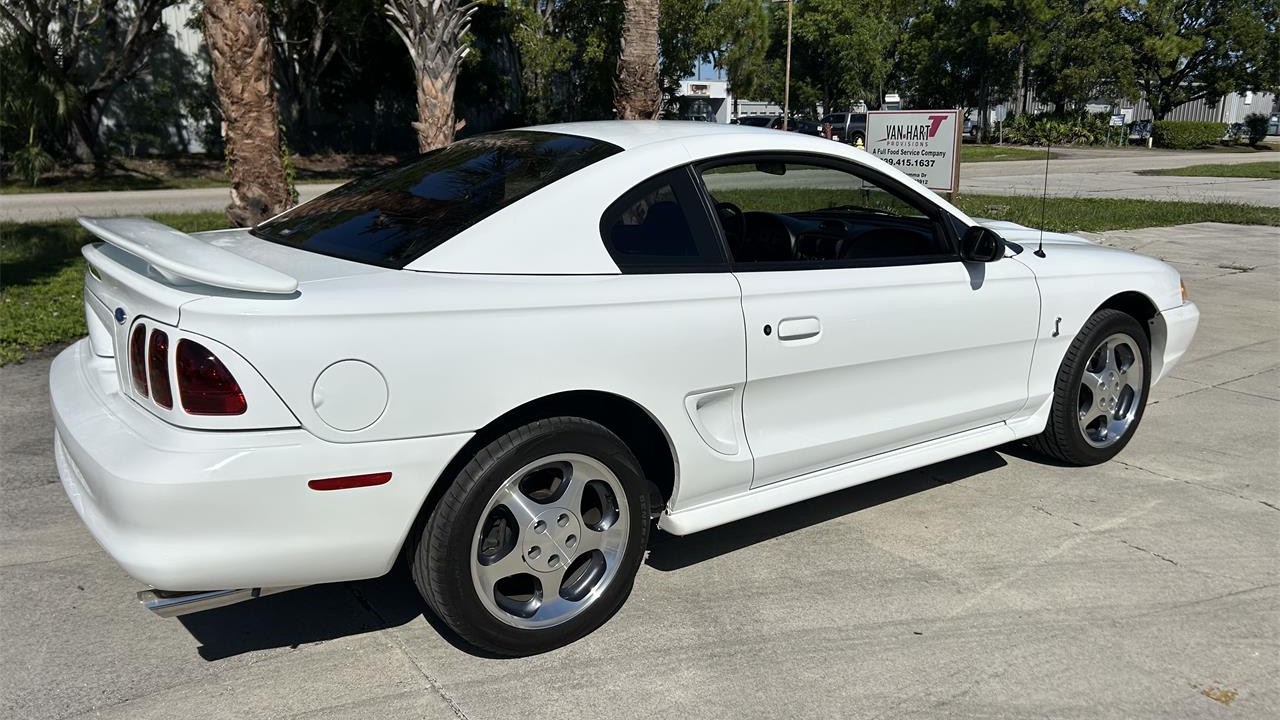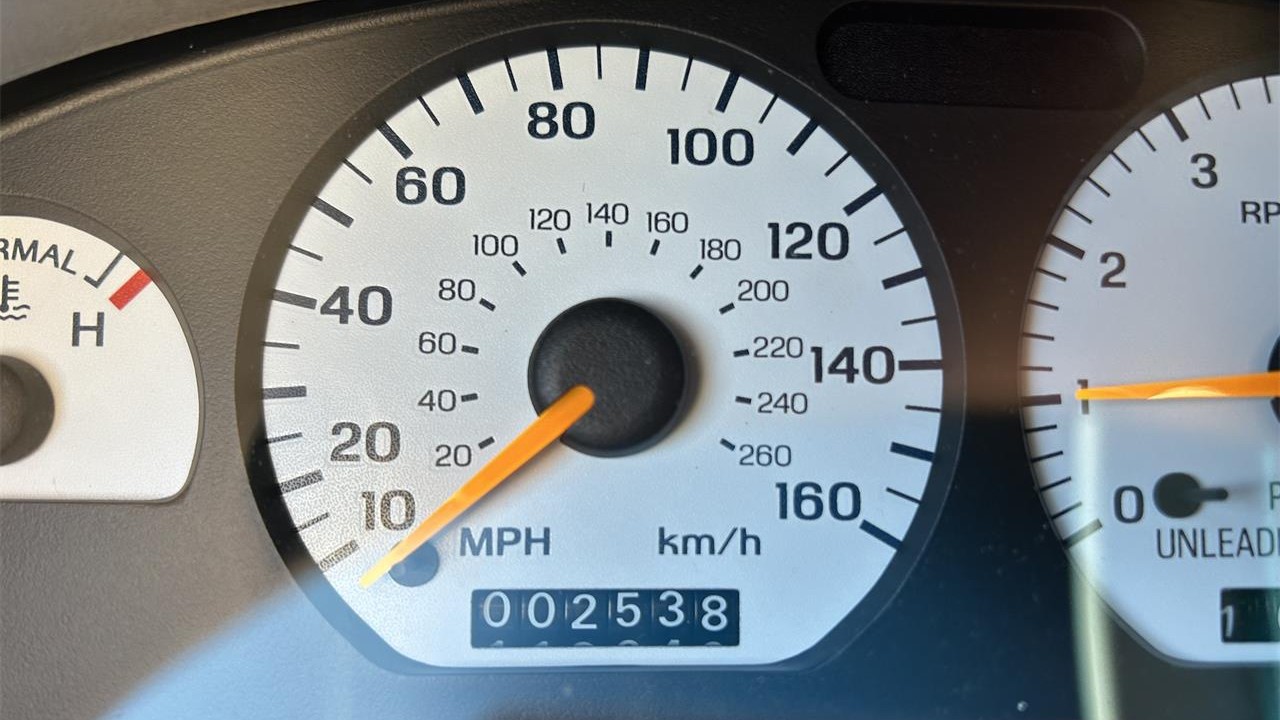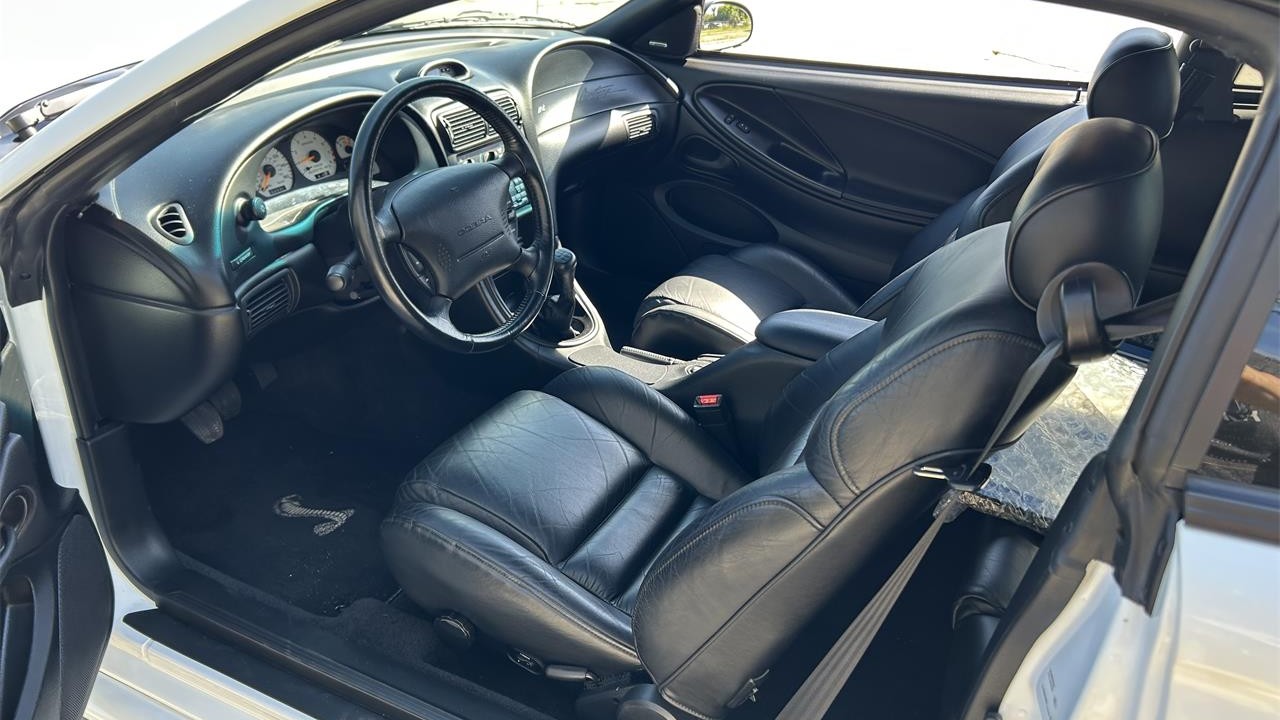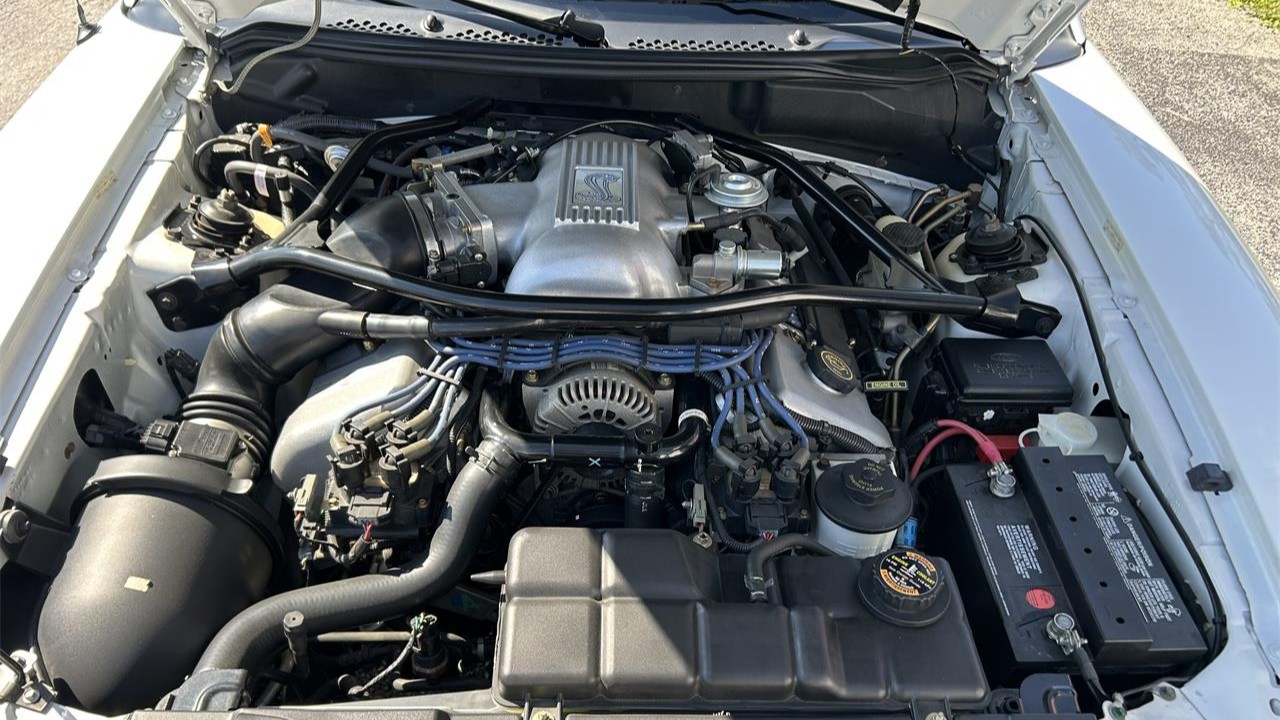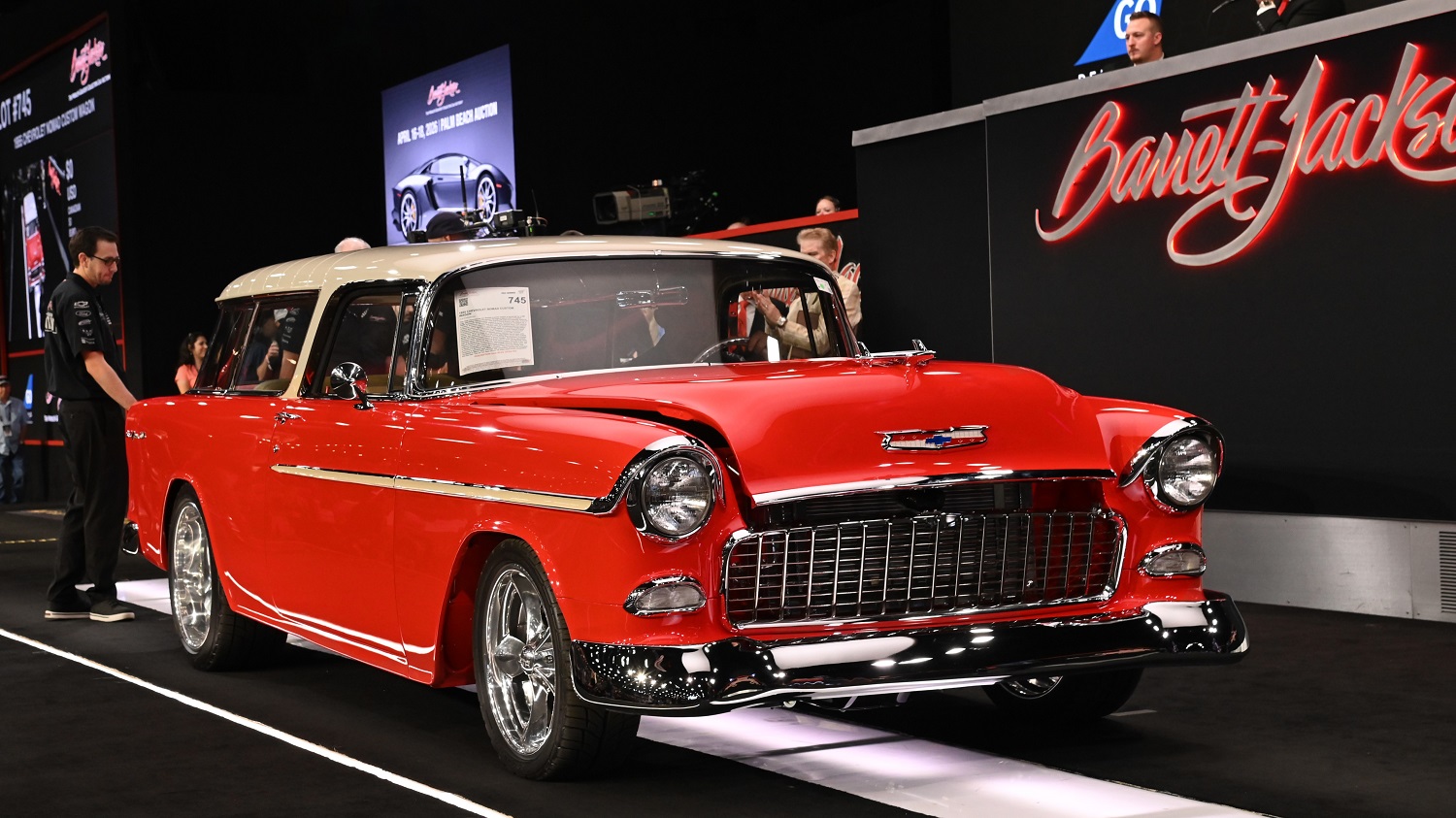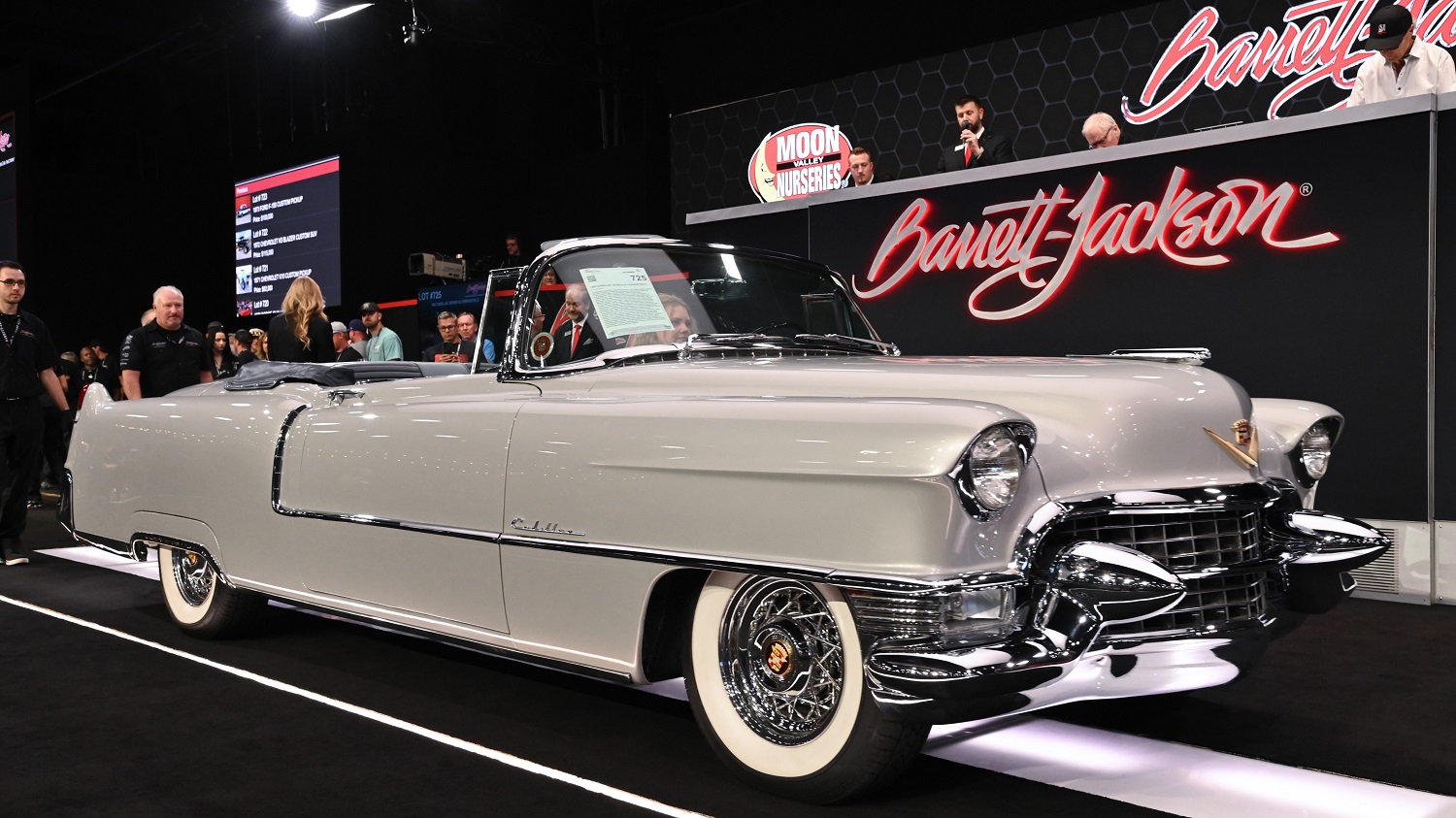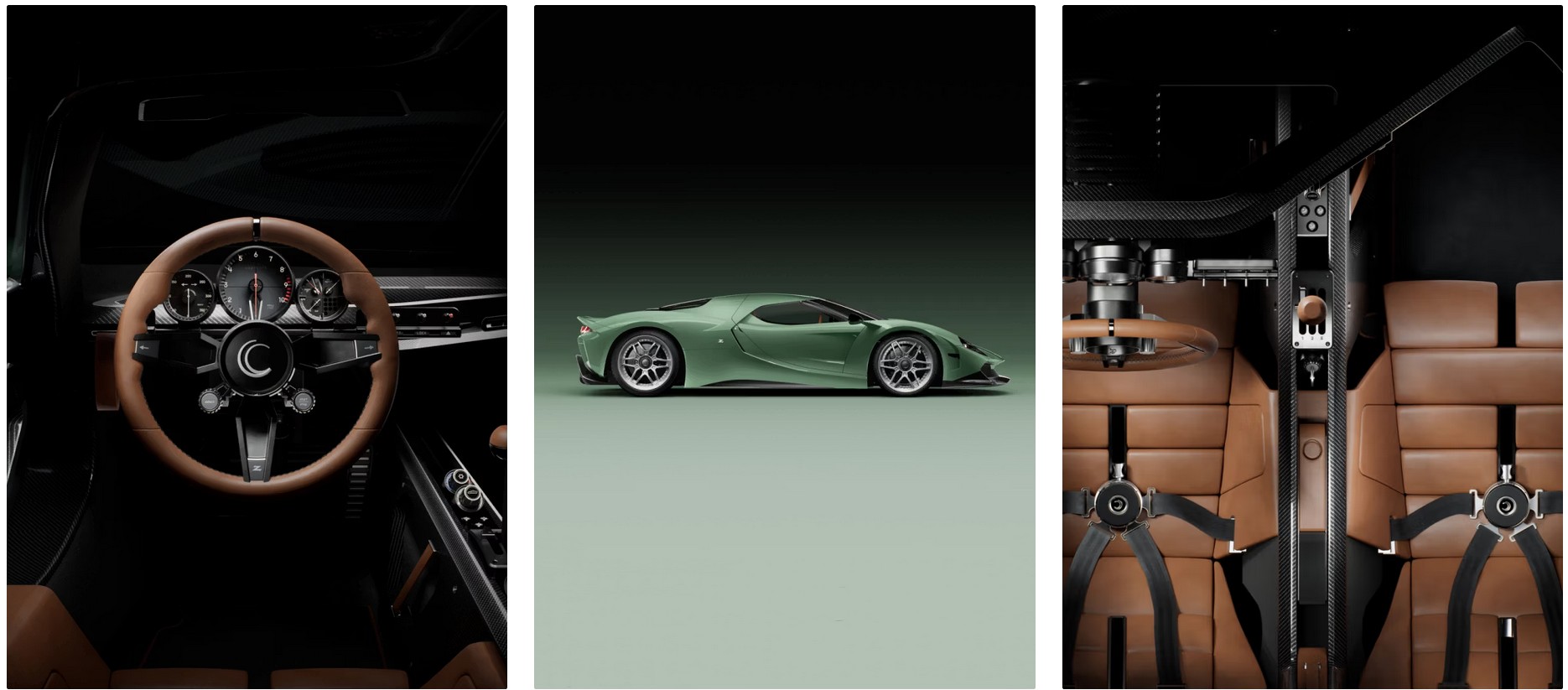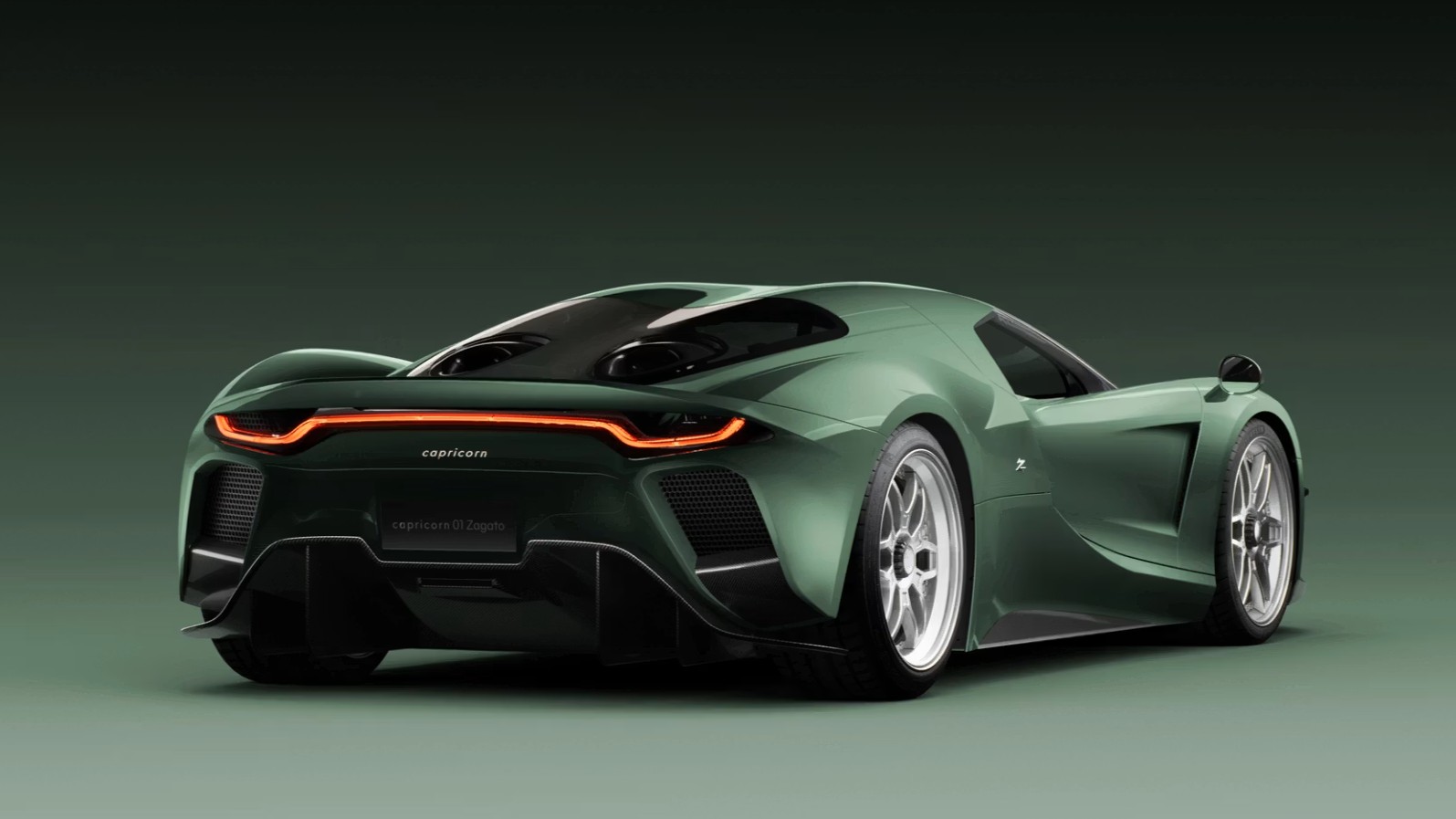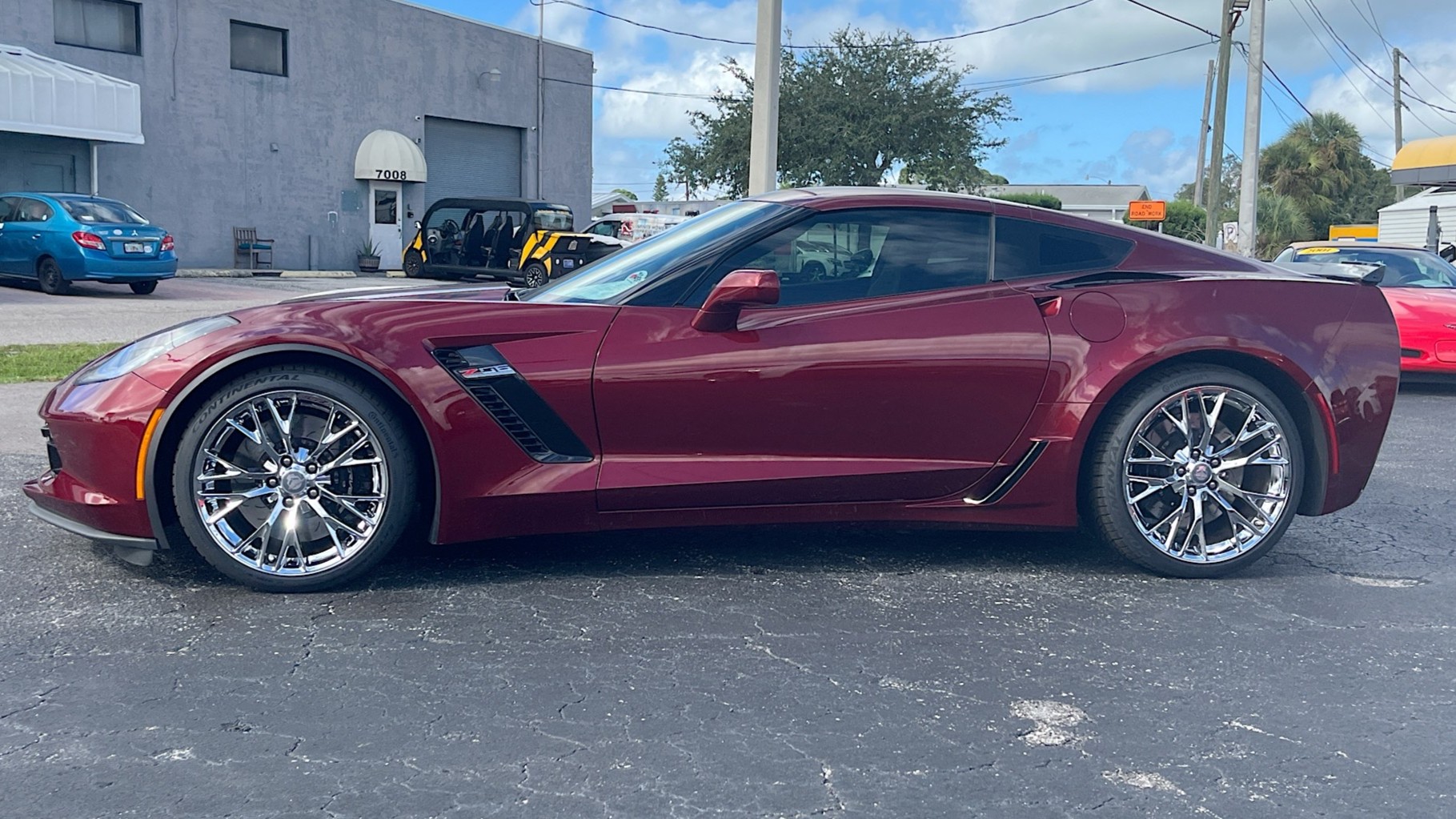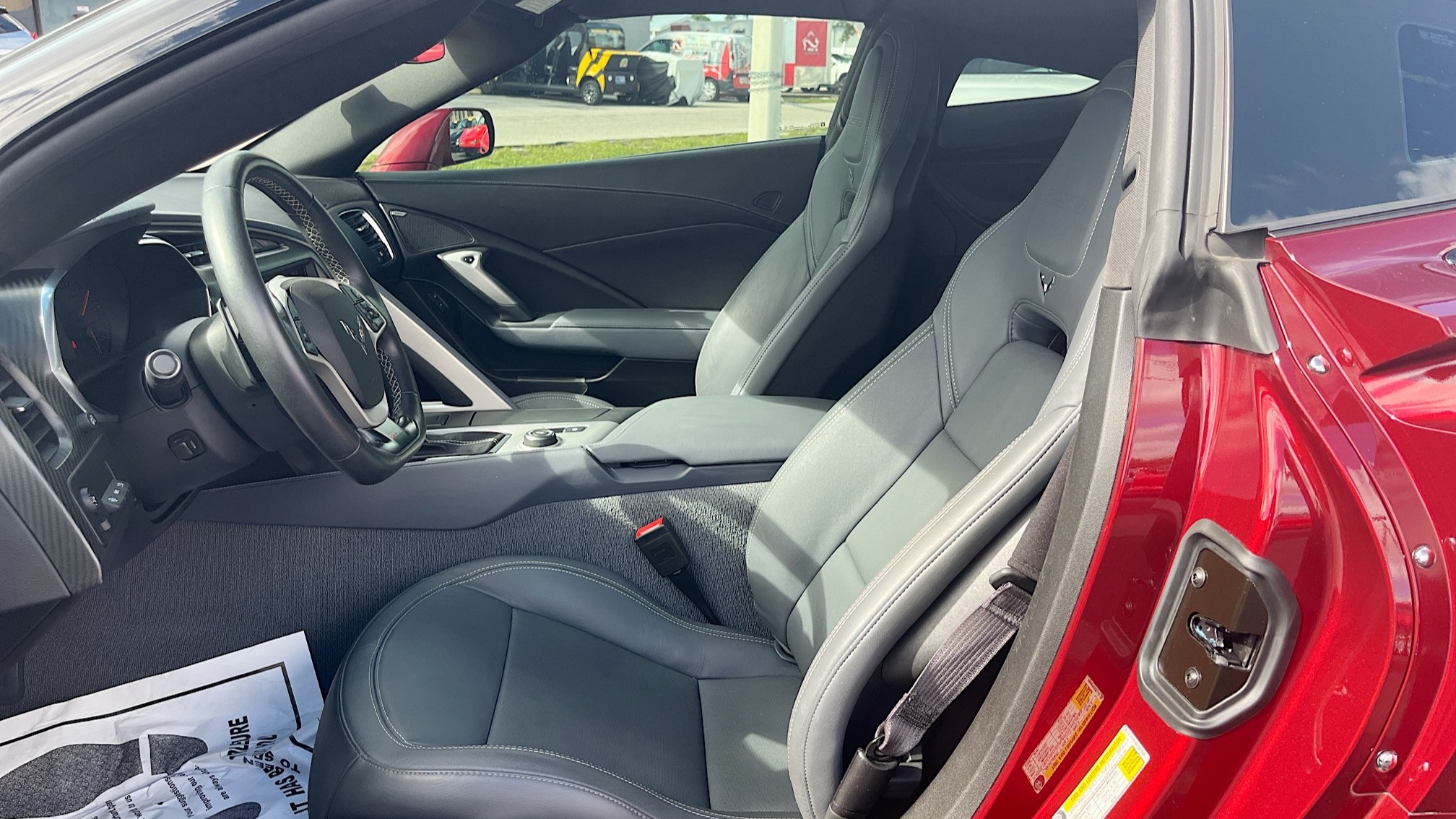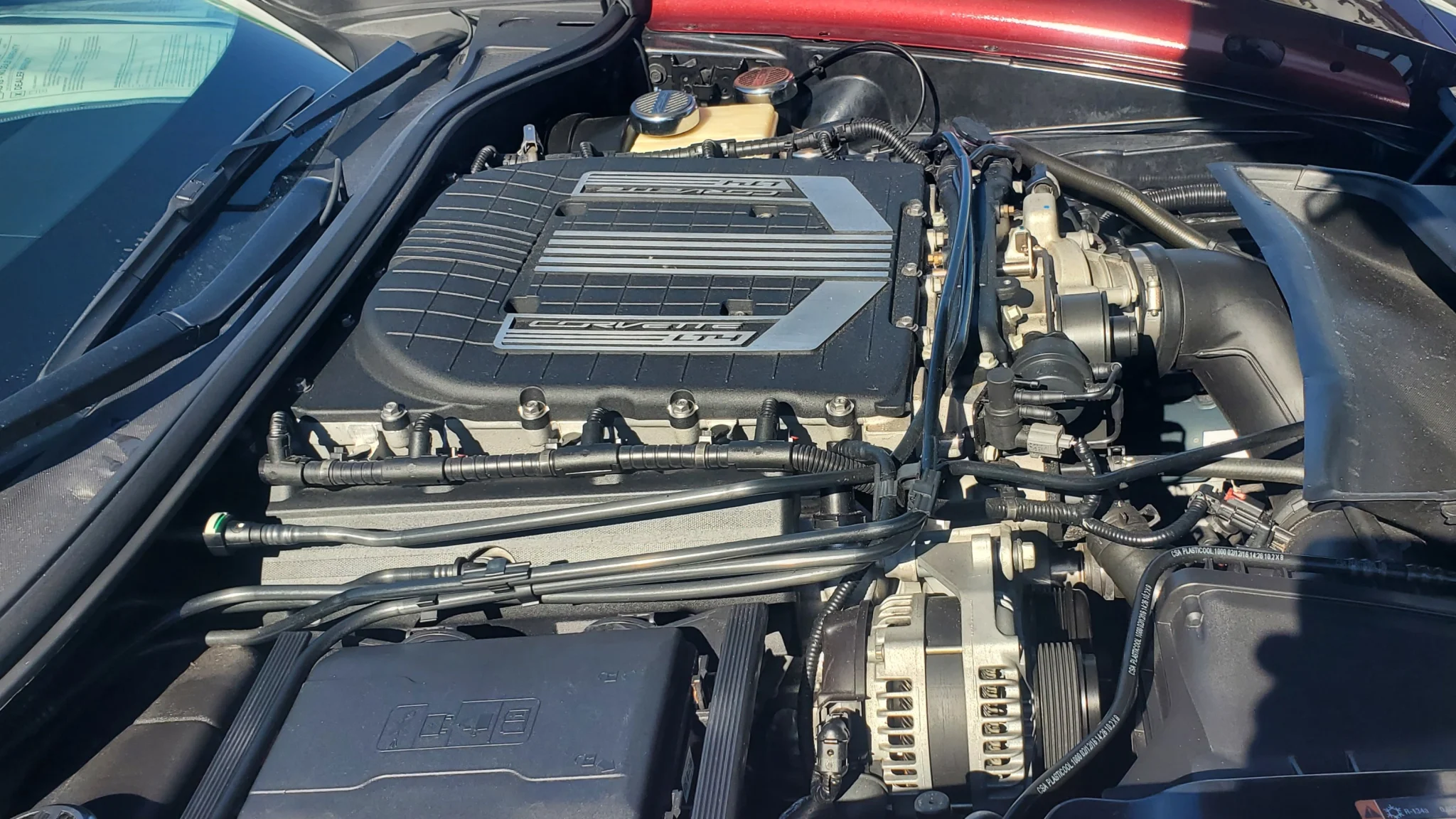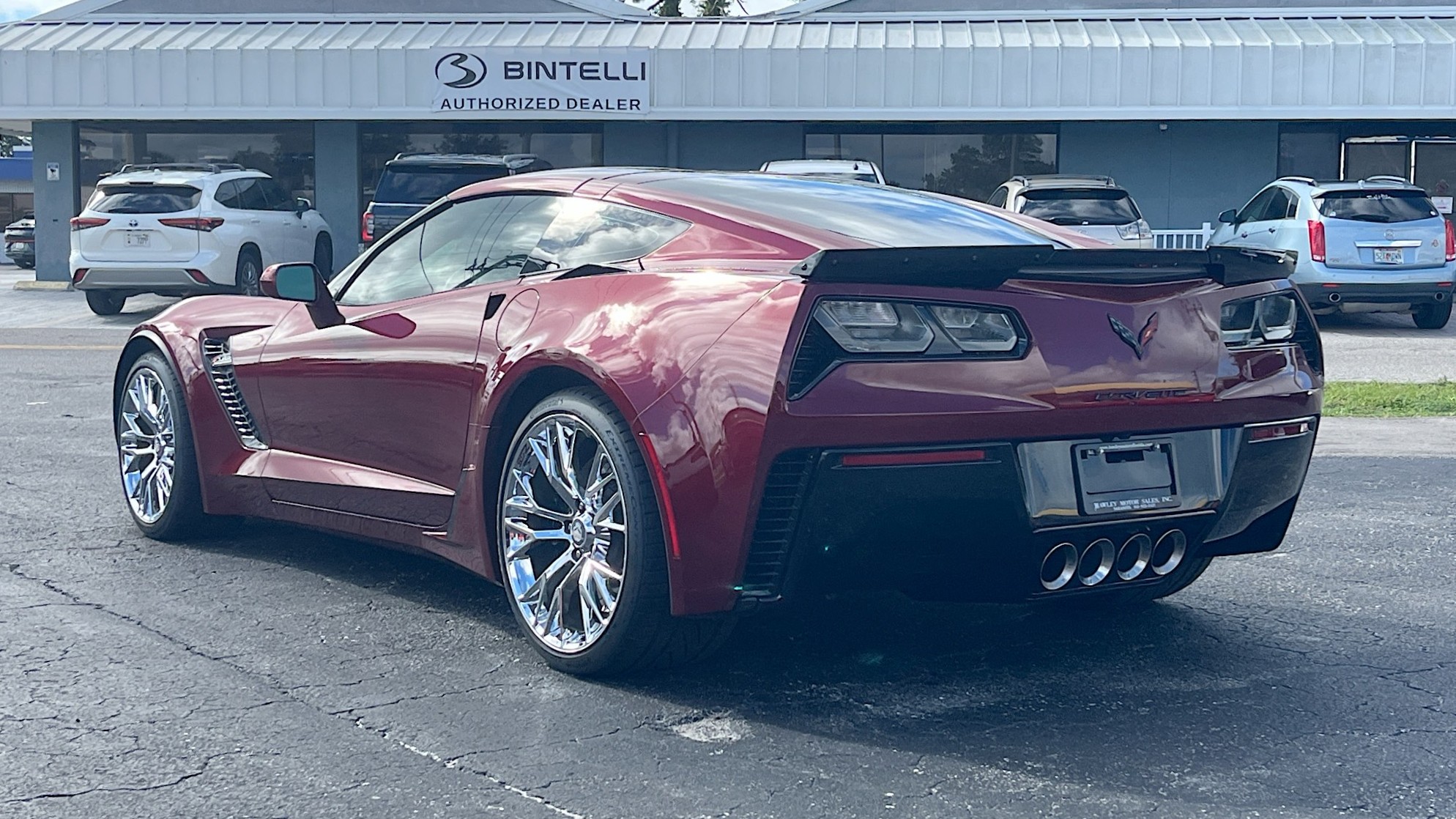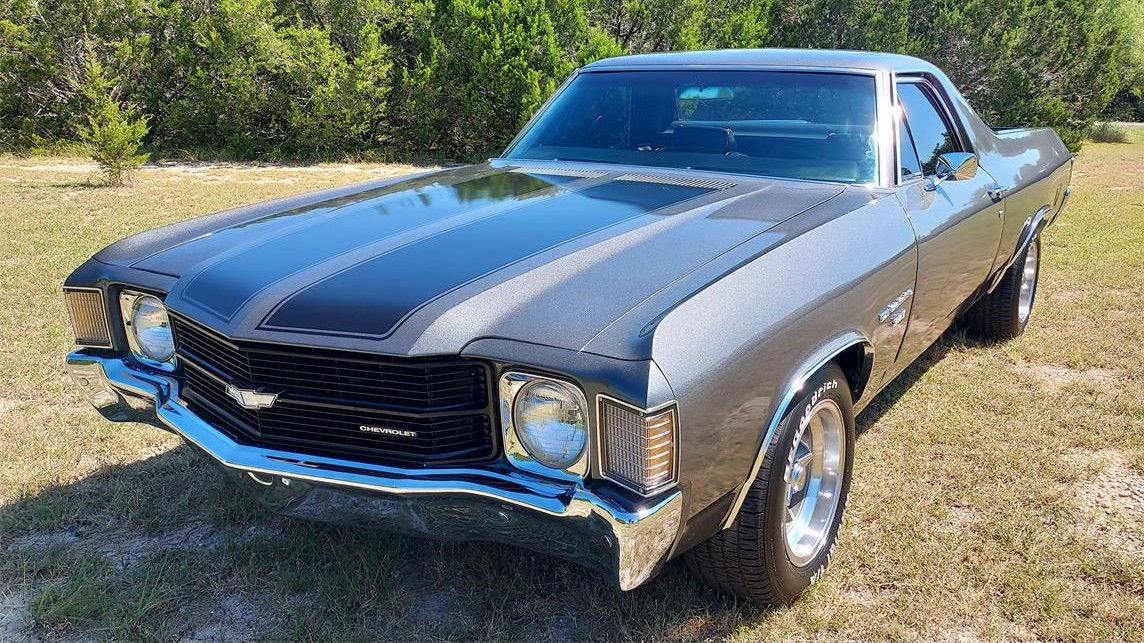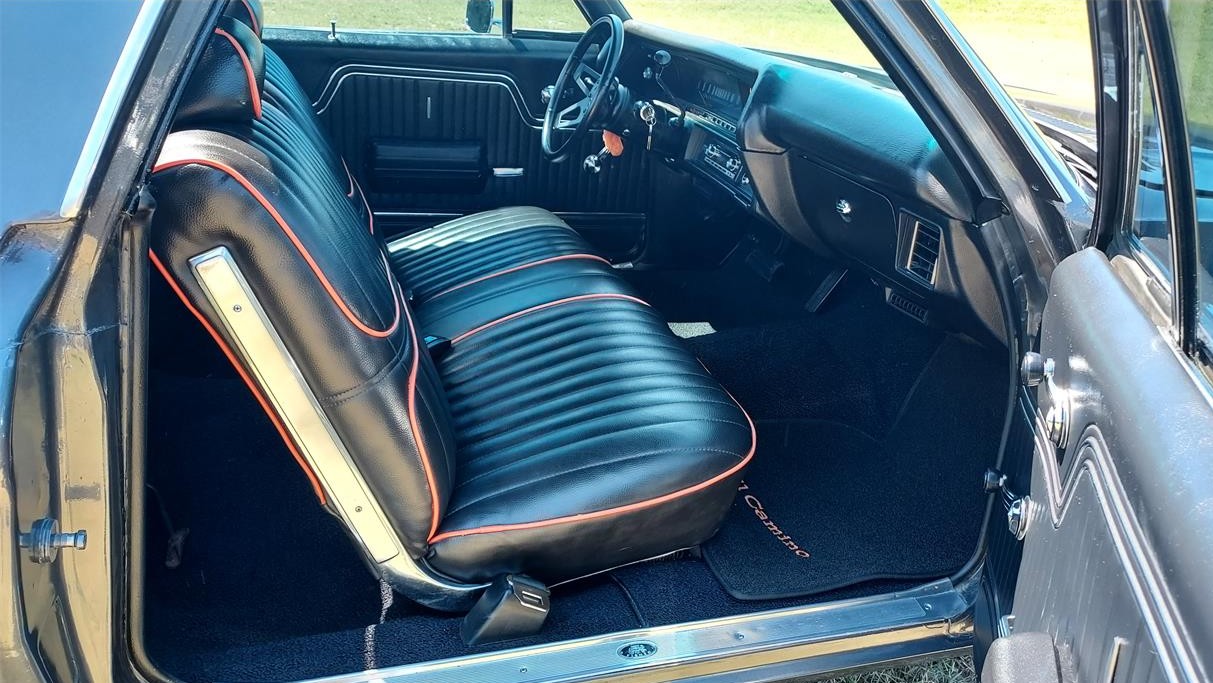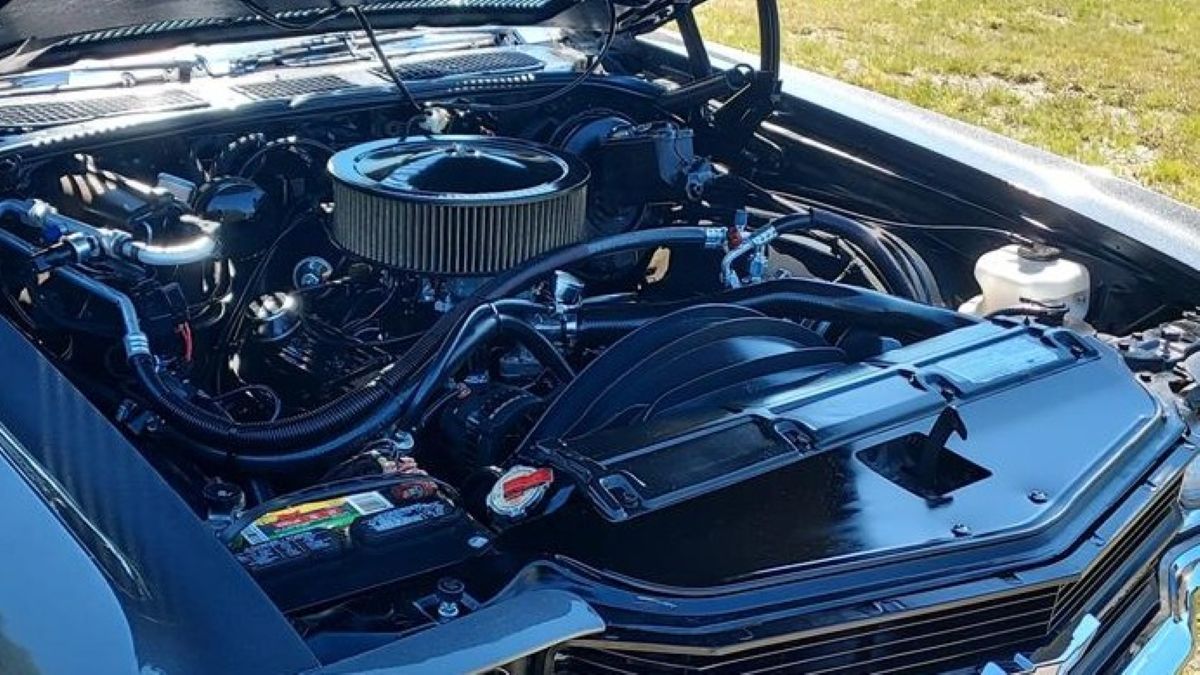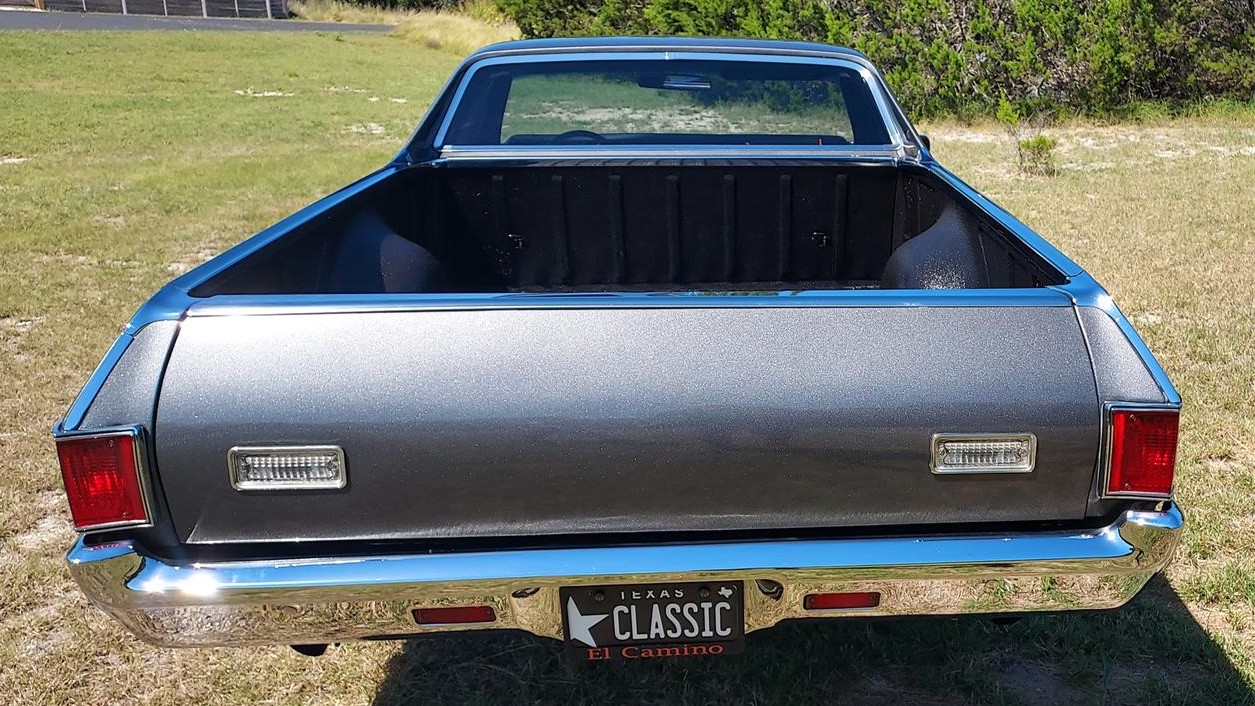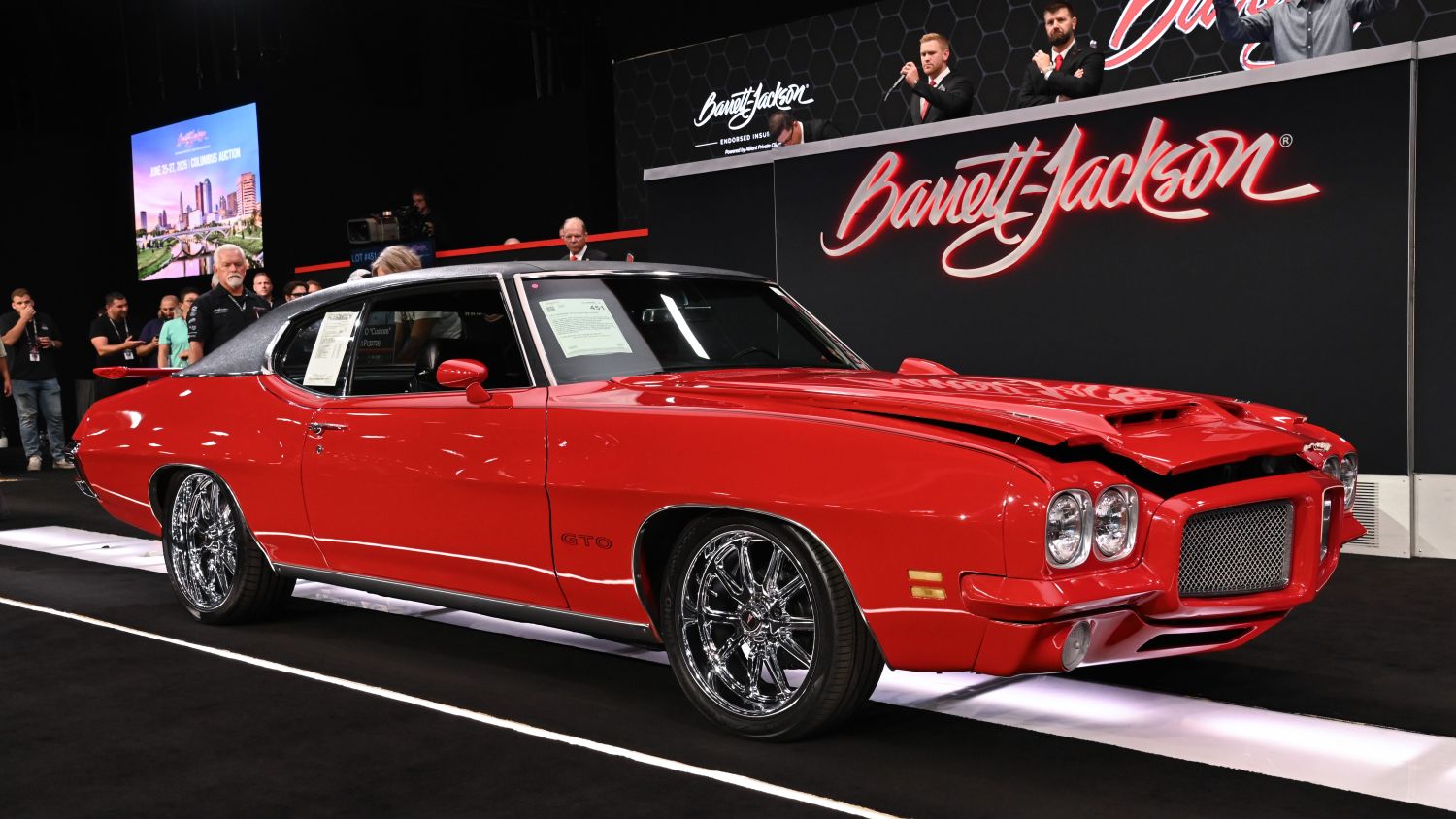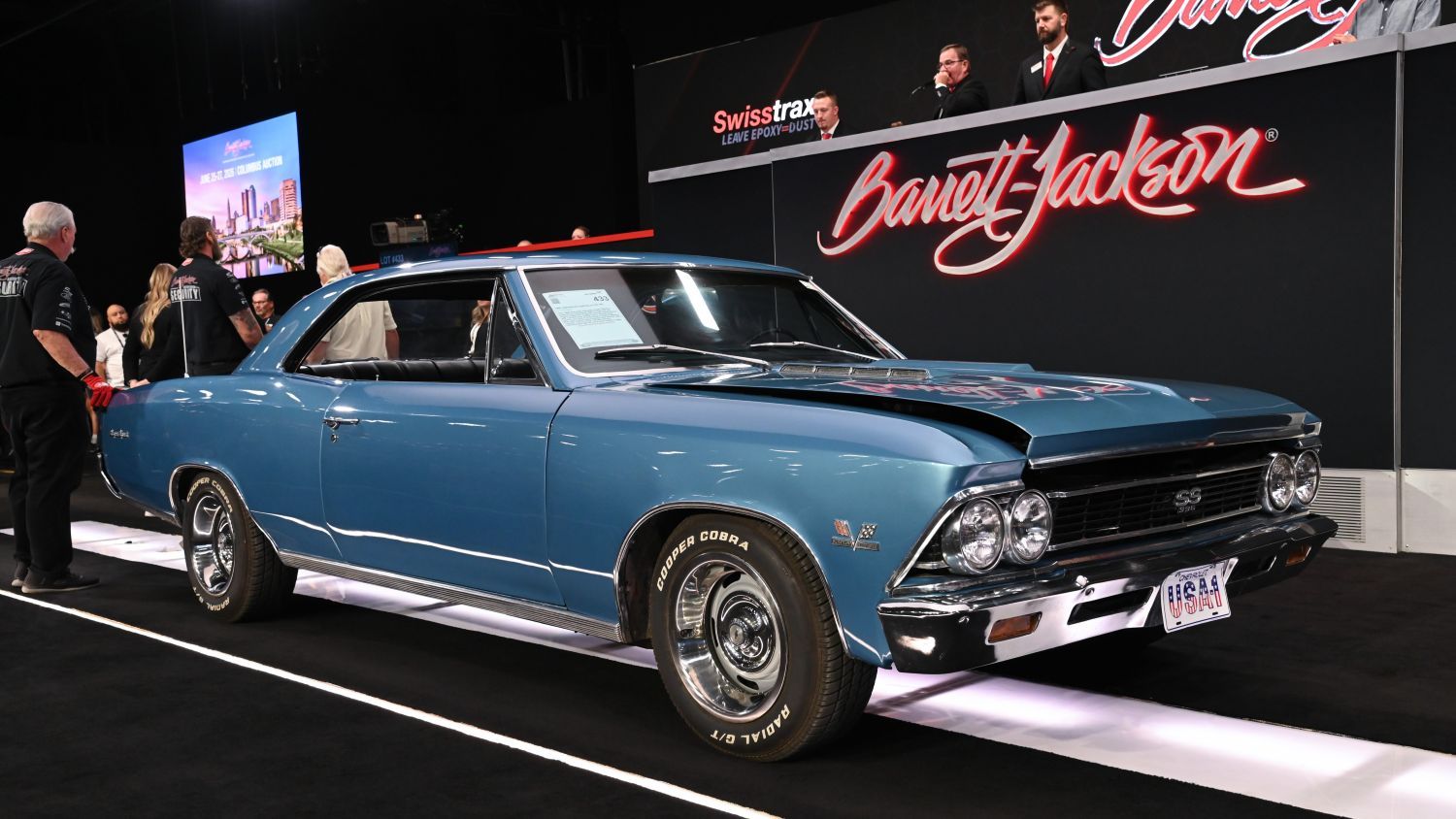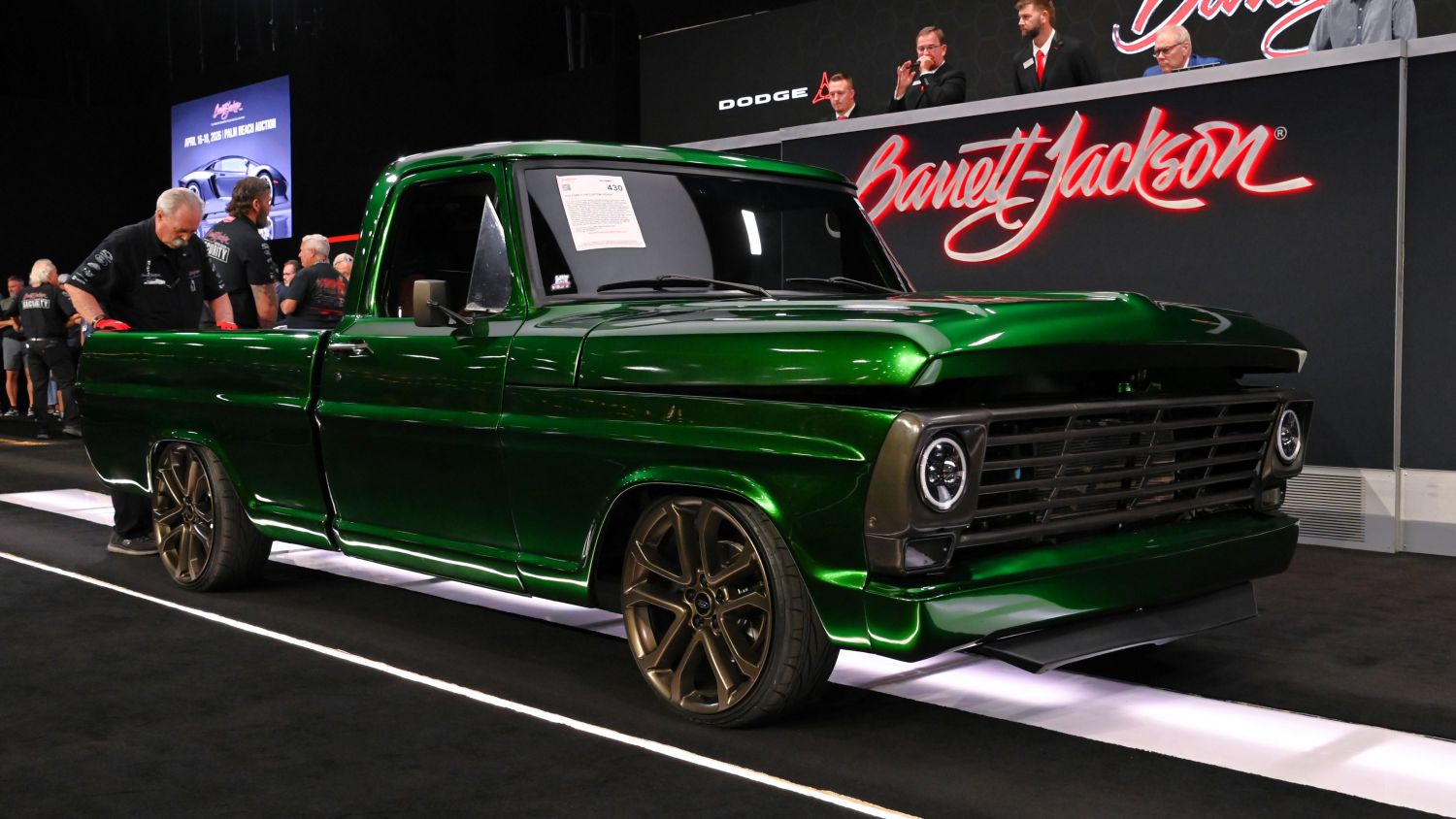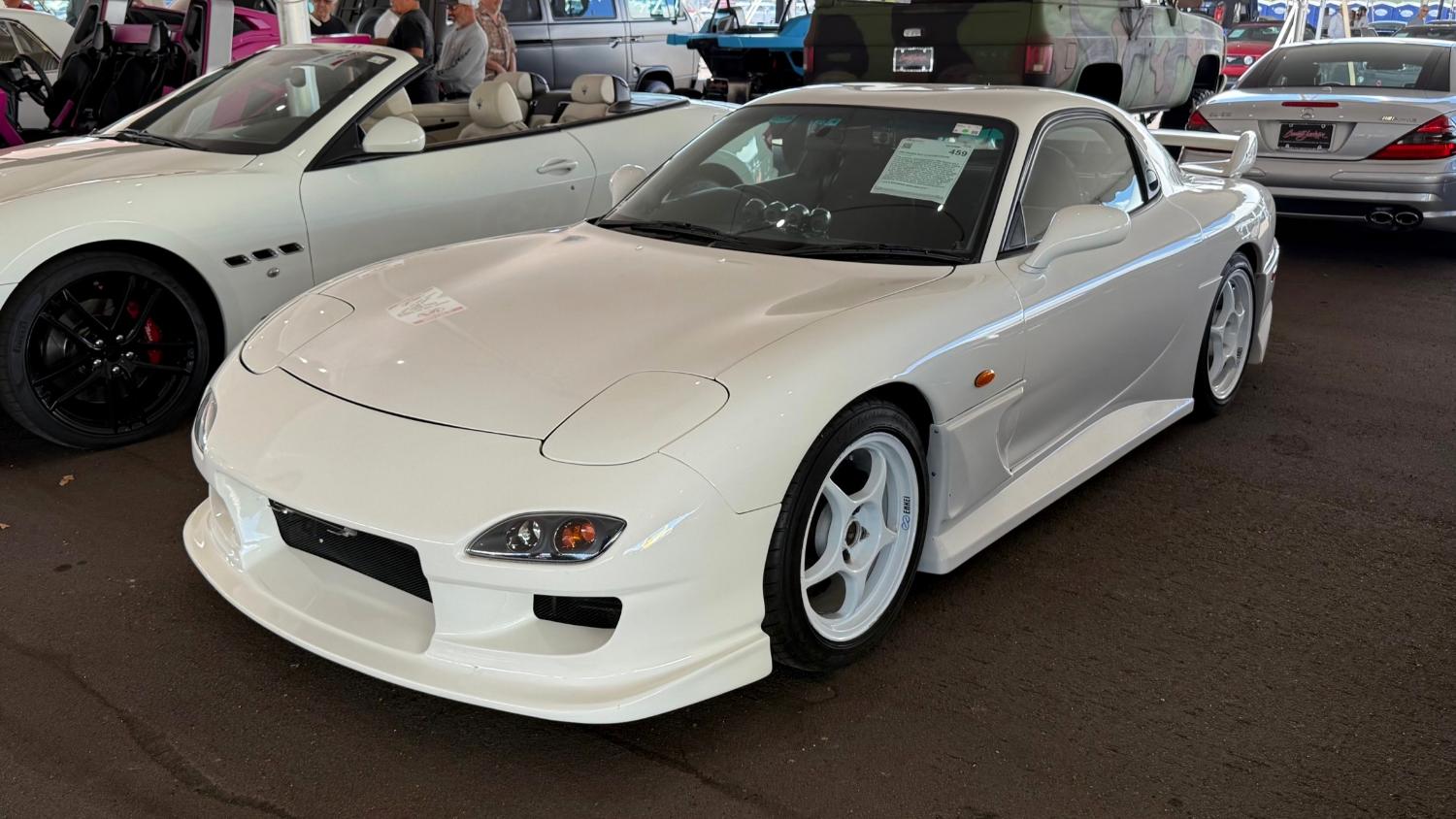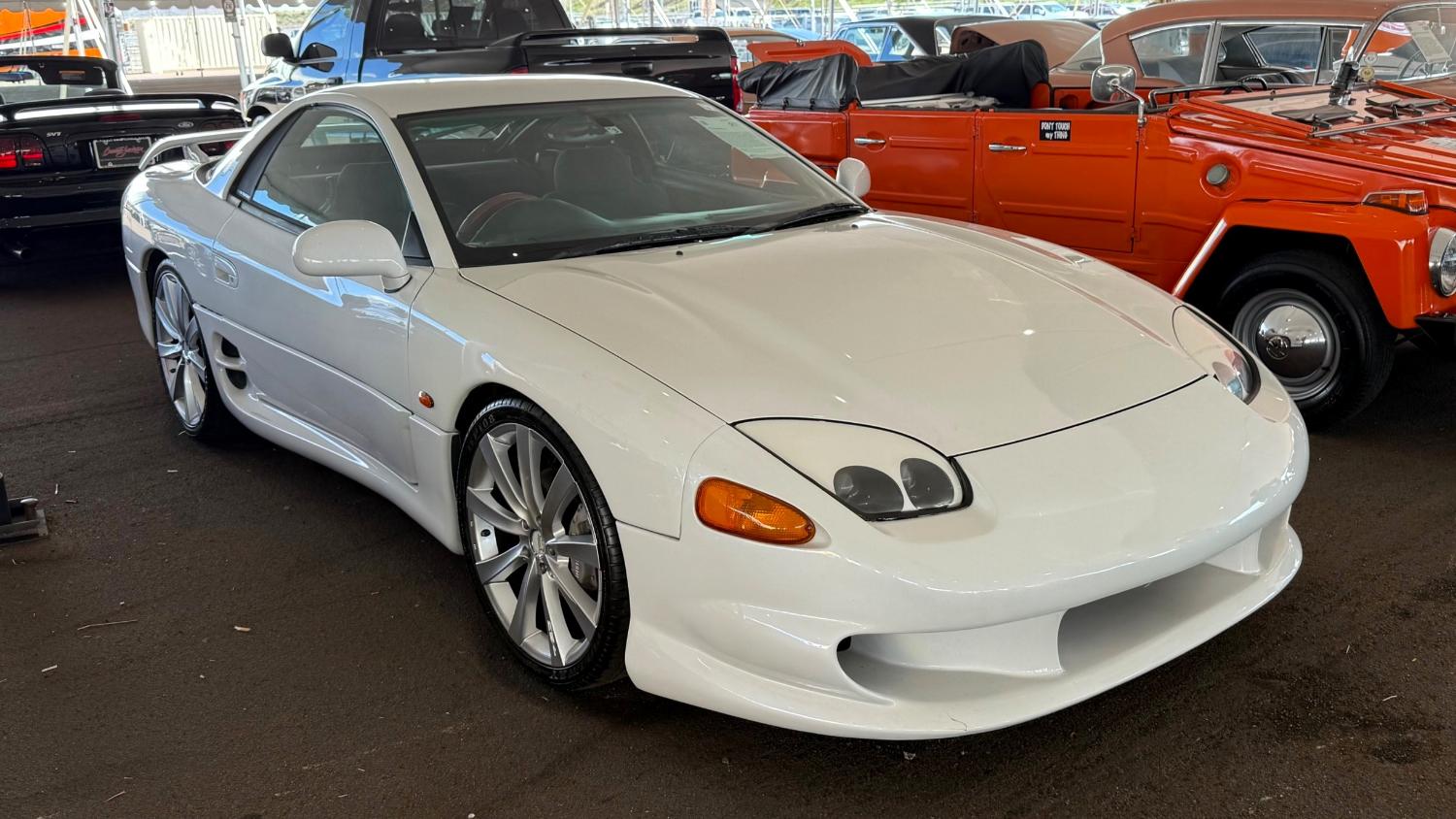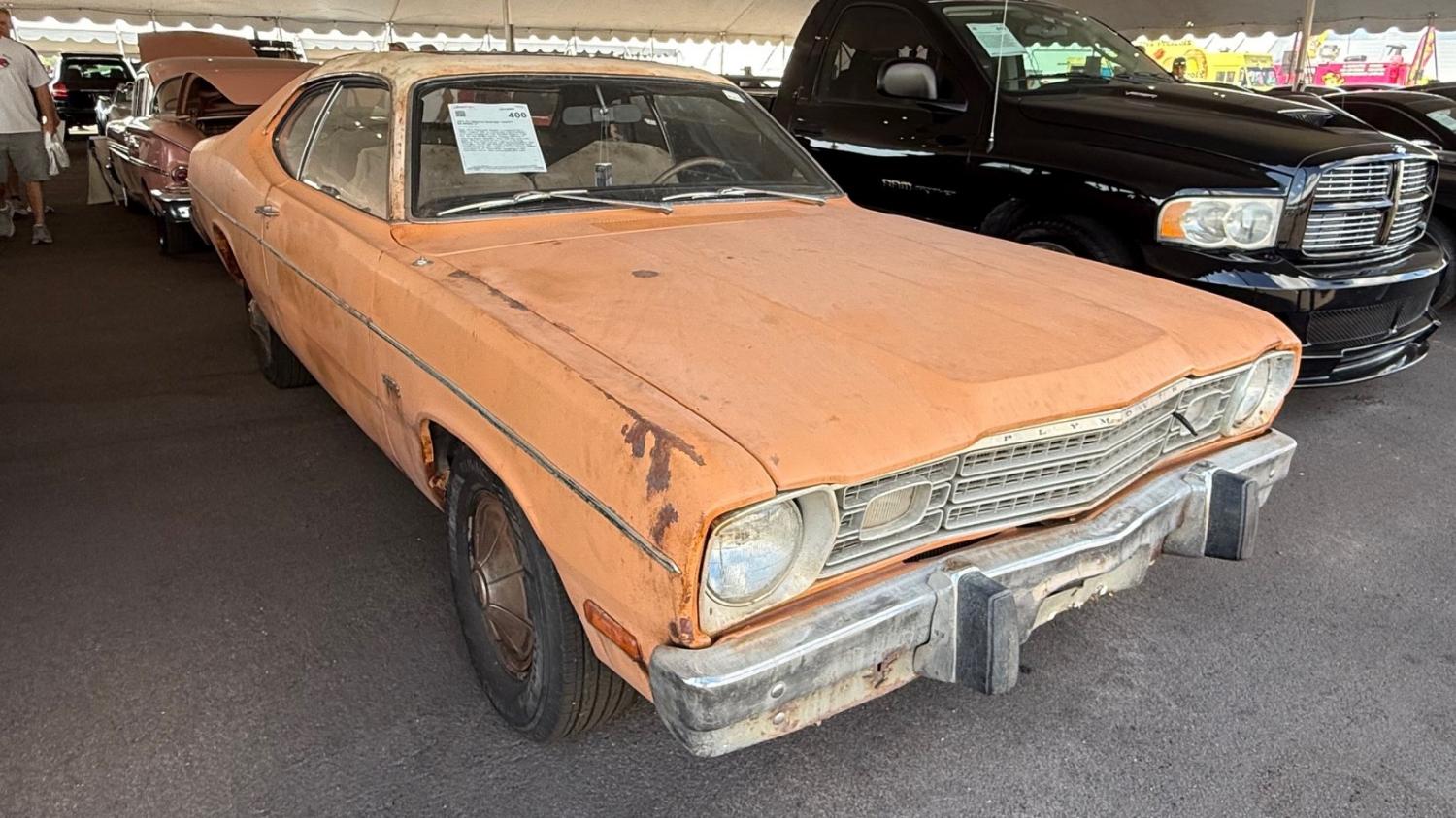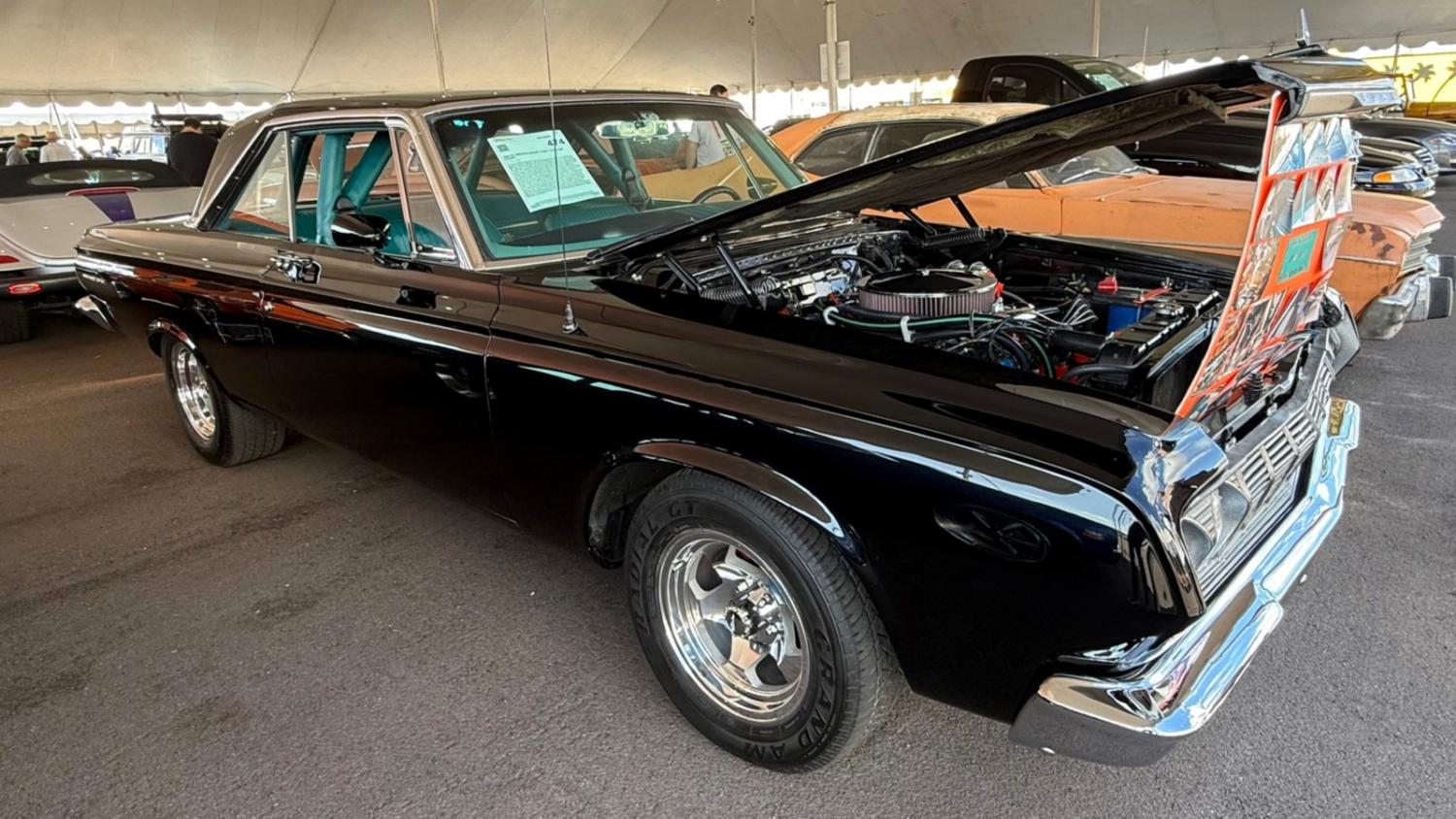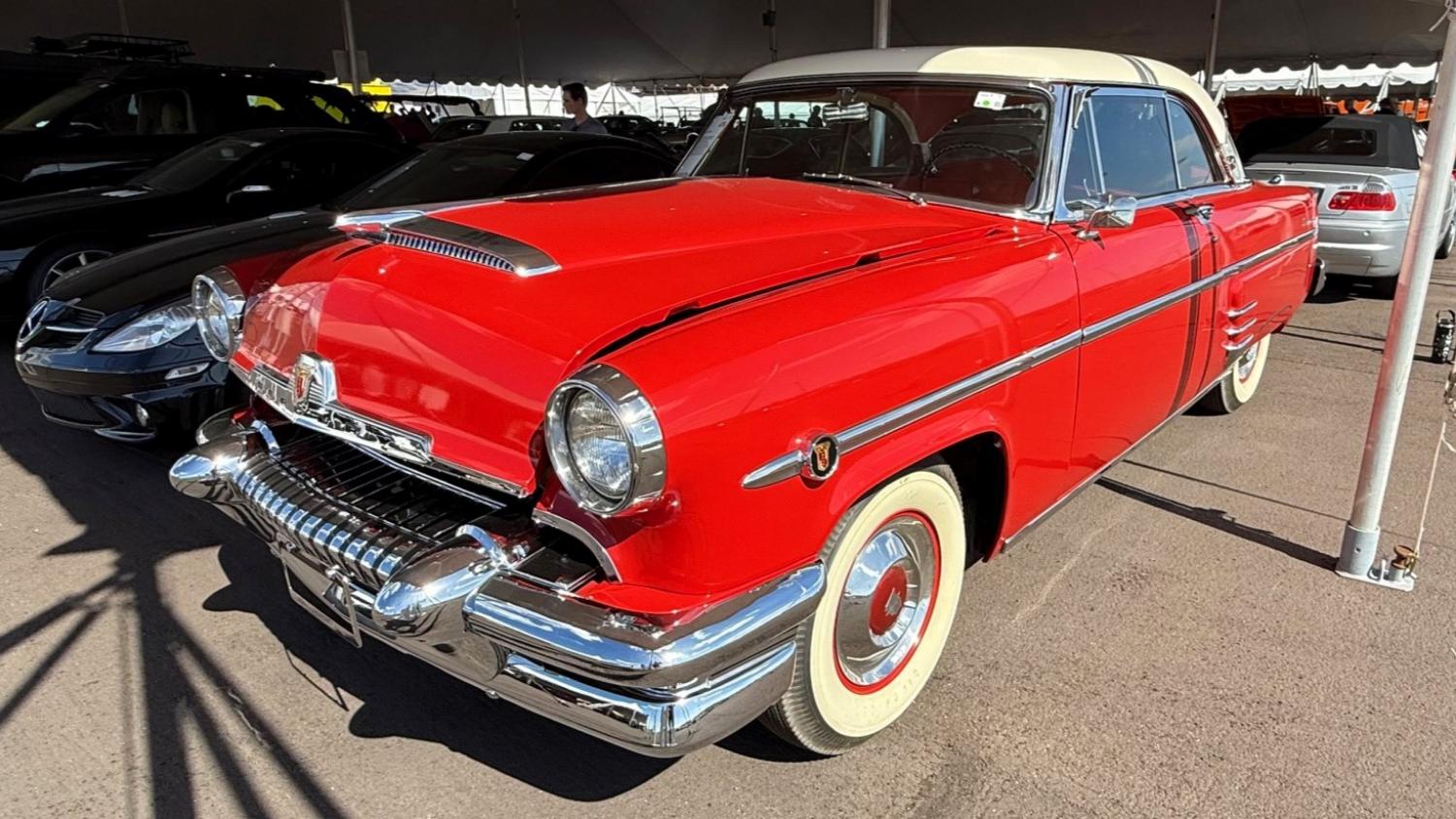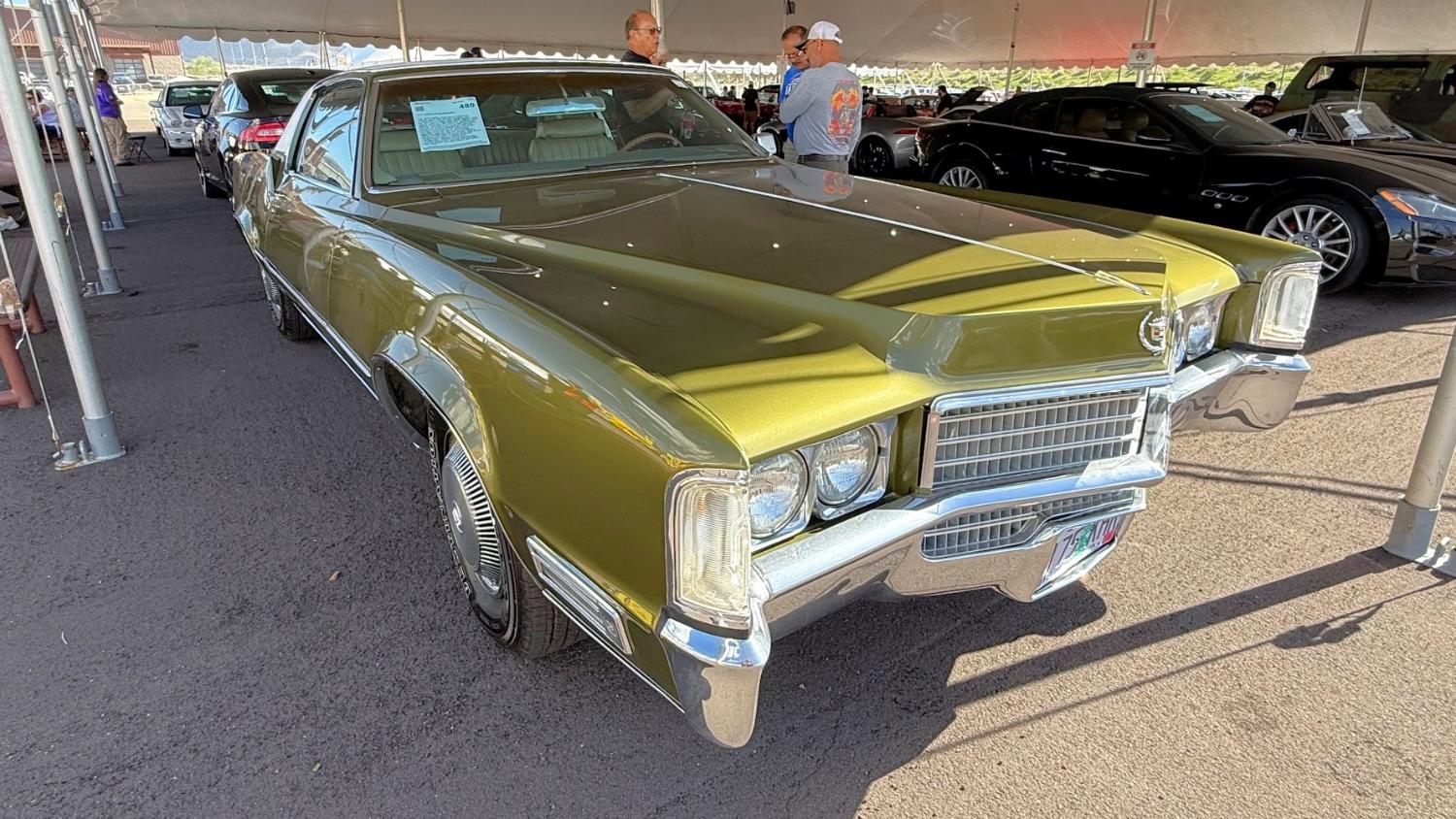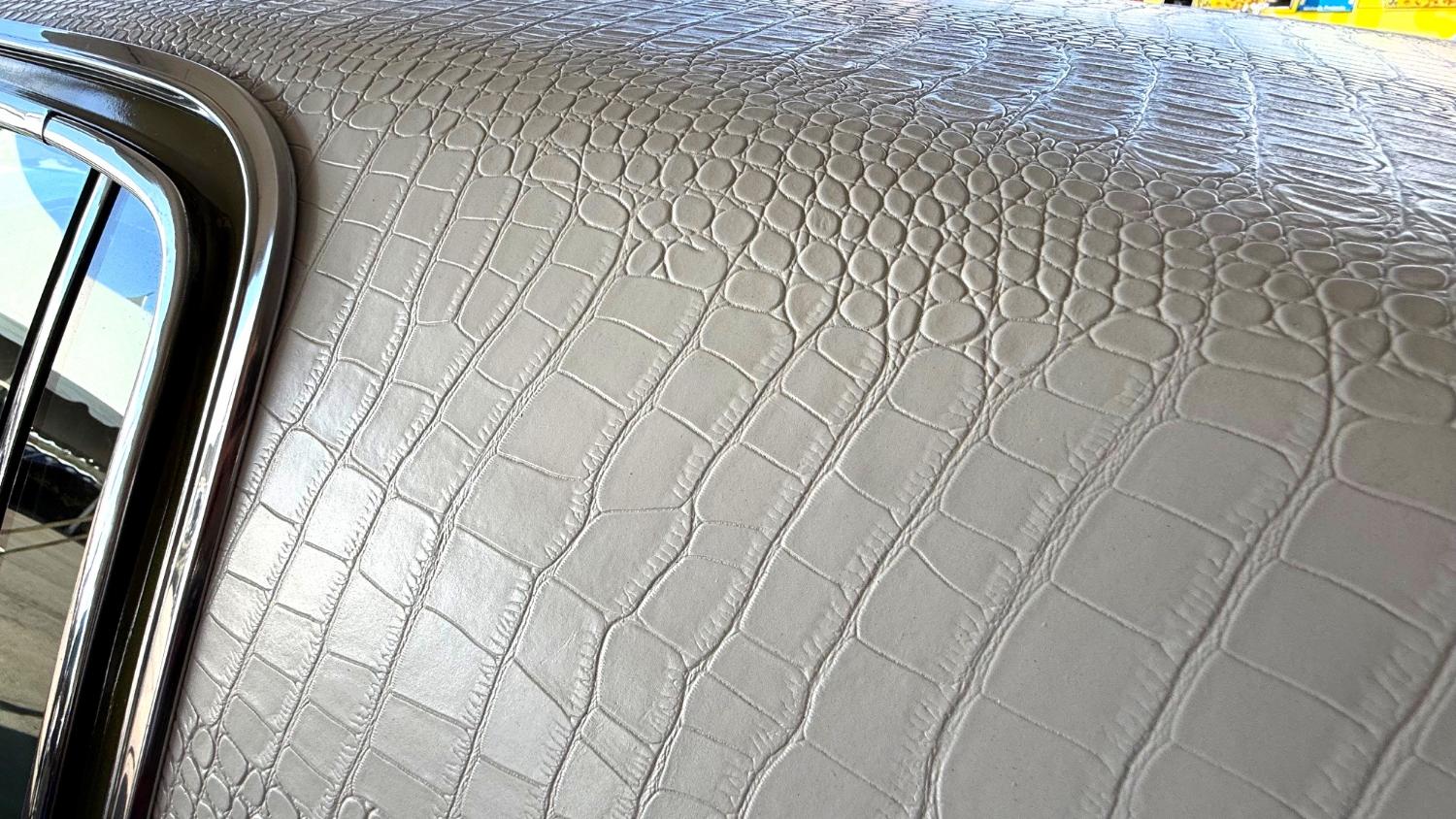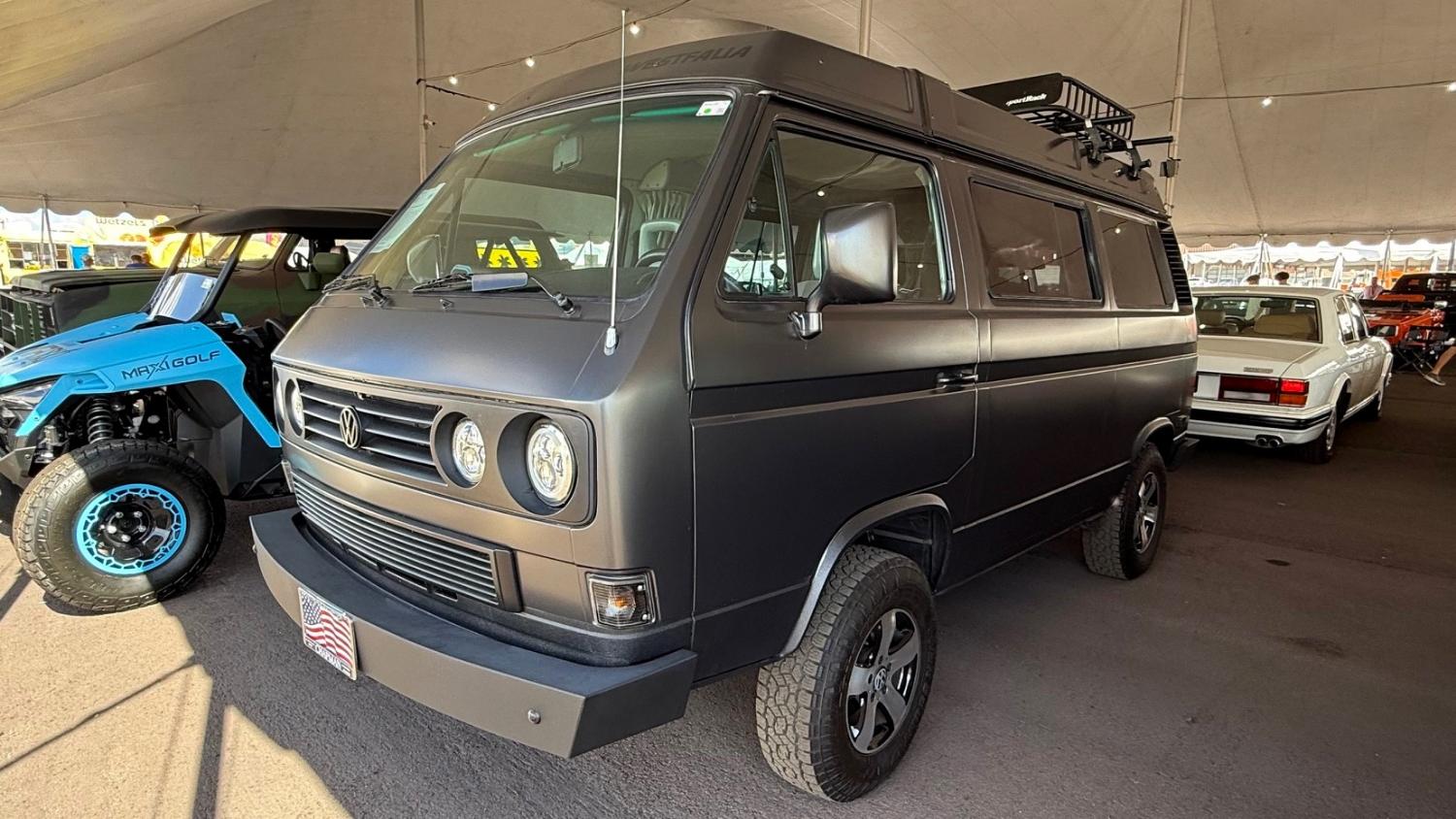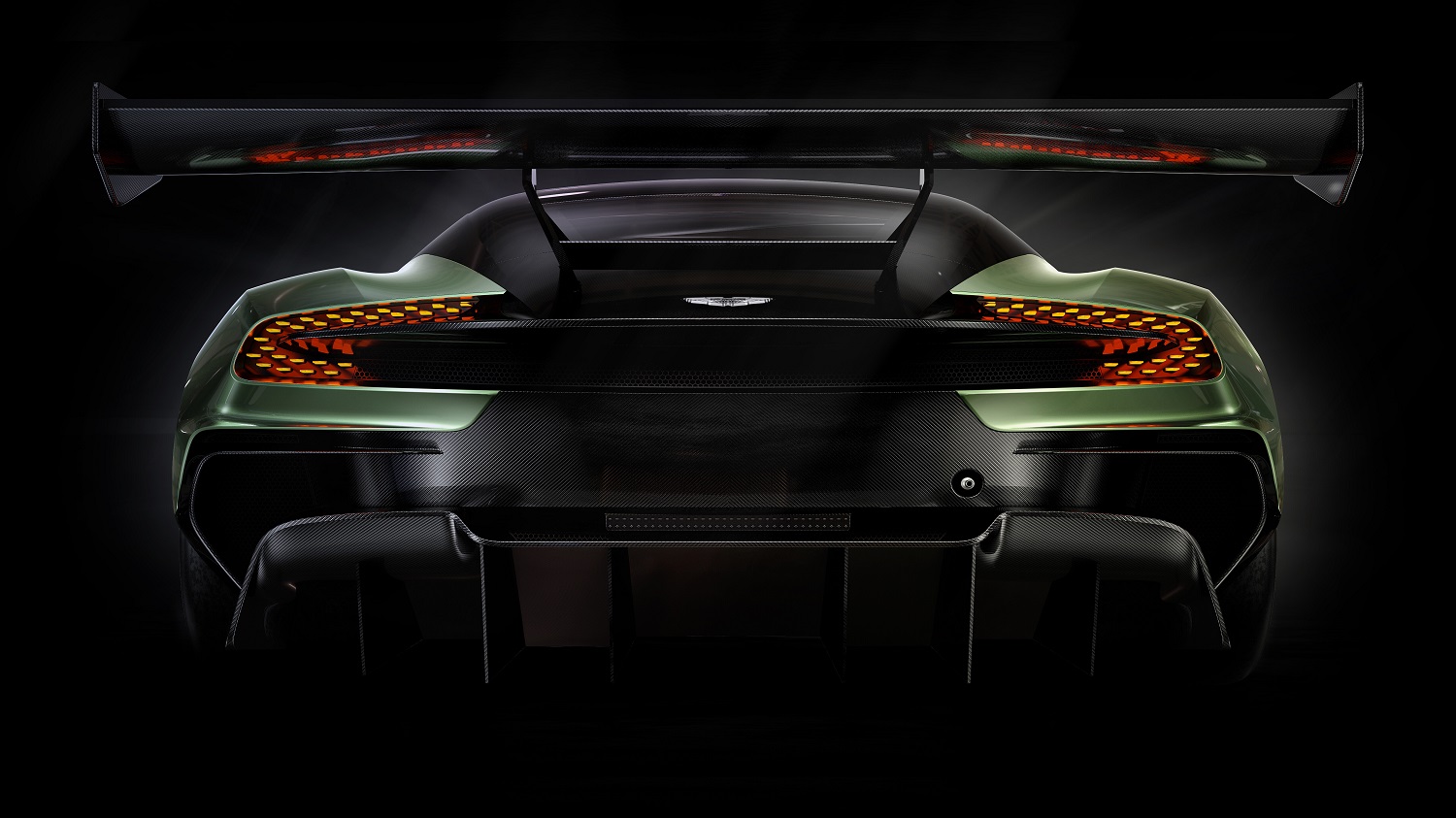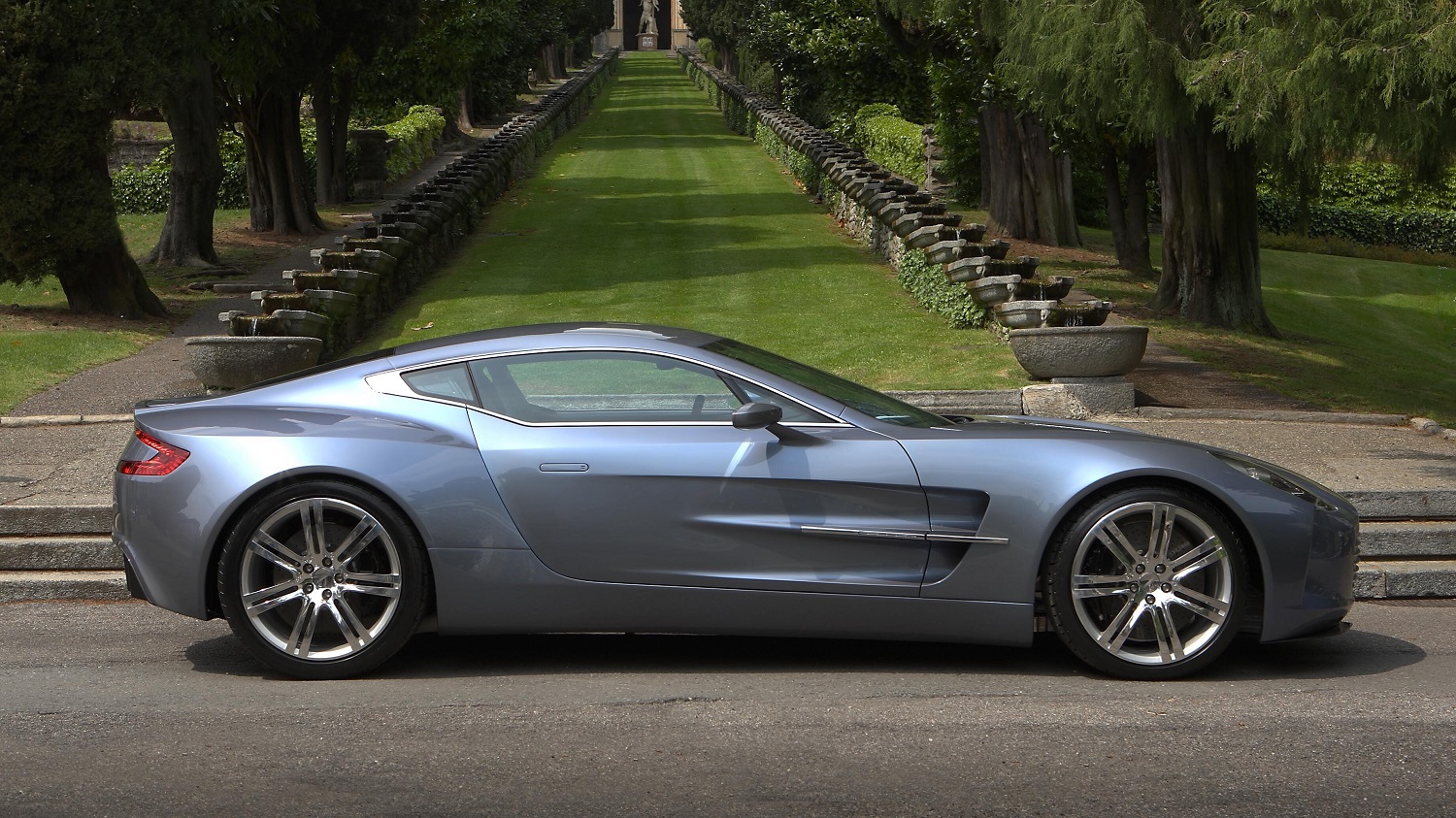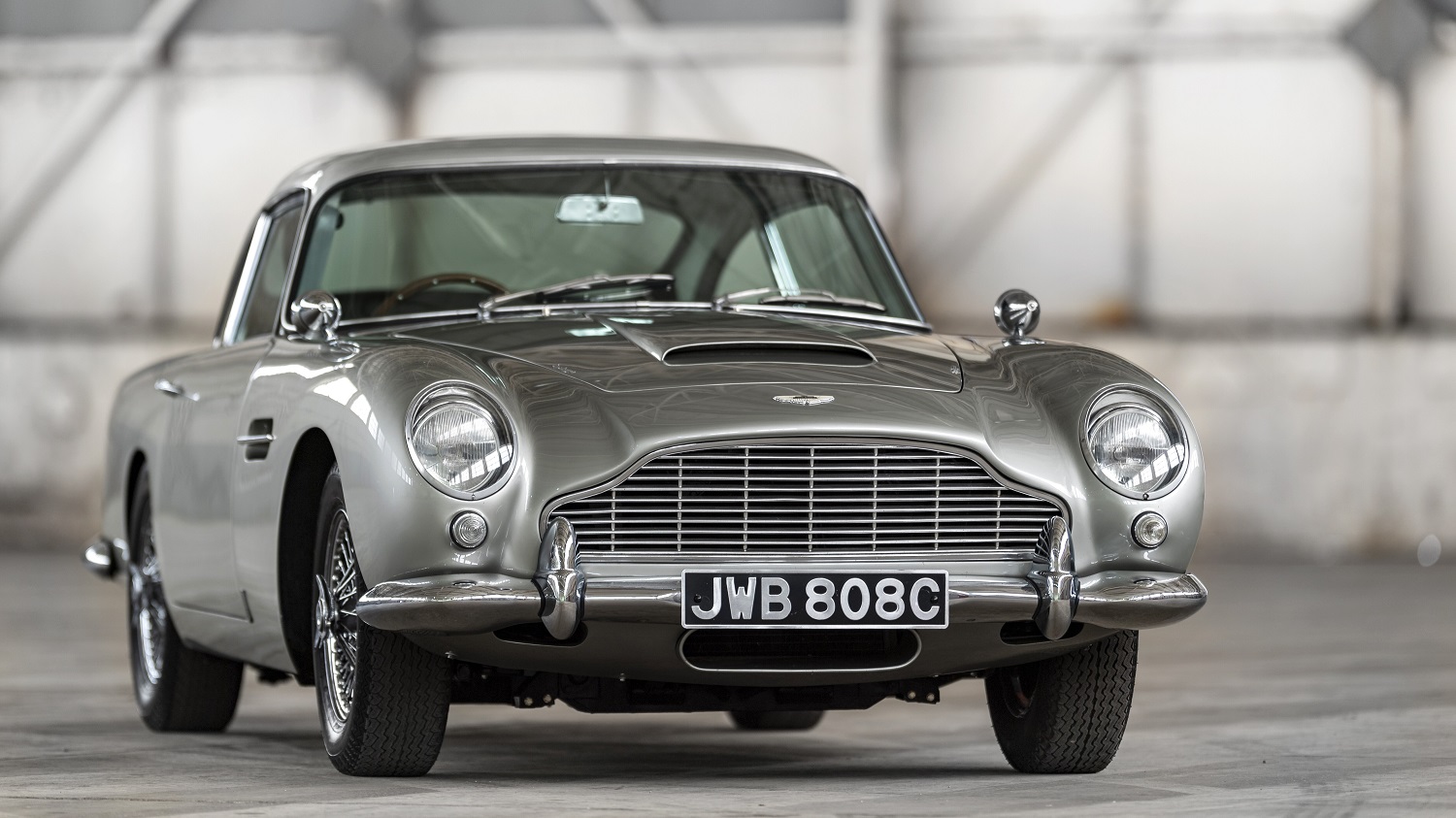Currently for sale on AutoHunter is this 1974 Lotus Europa Special. The Special was the later, big-valve and big-brake car that stands out among the Europas built between 1967-75. It is powered by a DOHC Lotus-Ford 1.6-liter inline-four backed by a five-speed manual transaxle. Features include power steering, windows, locks, and front disc brakes, alloy wheels, and more. Painted red with a brown vinyl and velour interior, this mid-engined sports car comes from the selling dealer with parts invoices, ROs, wiring schematics, instruction manuals, spare parts, and a clear title.
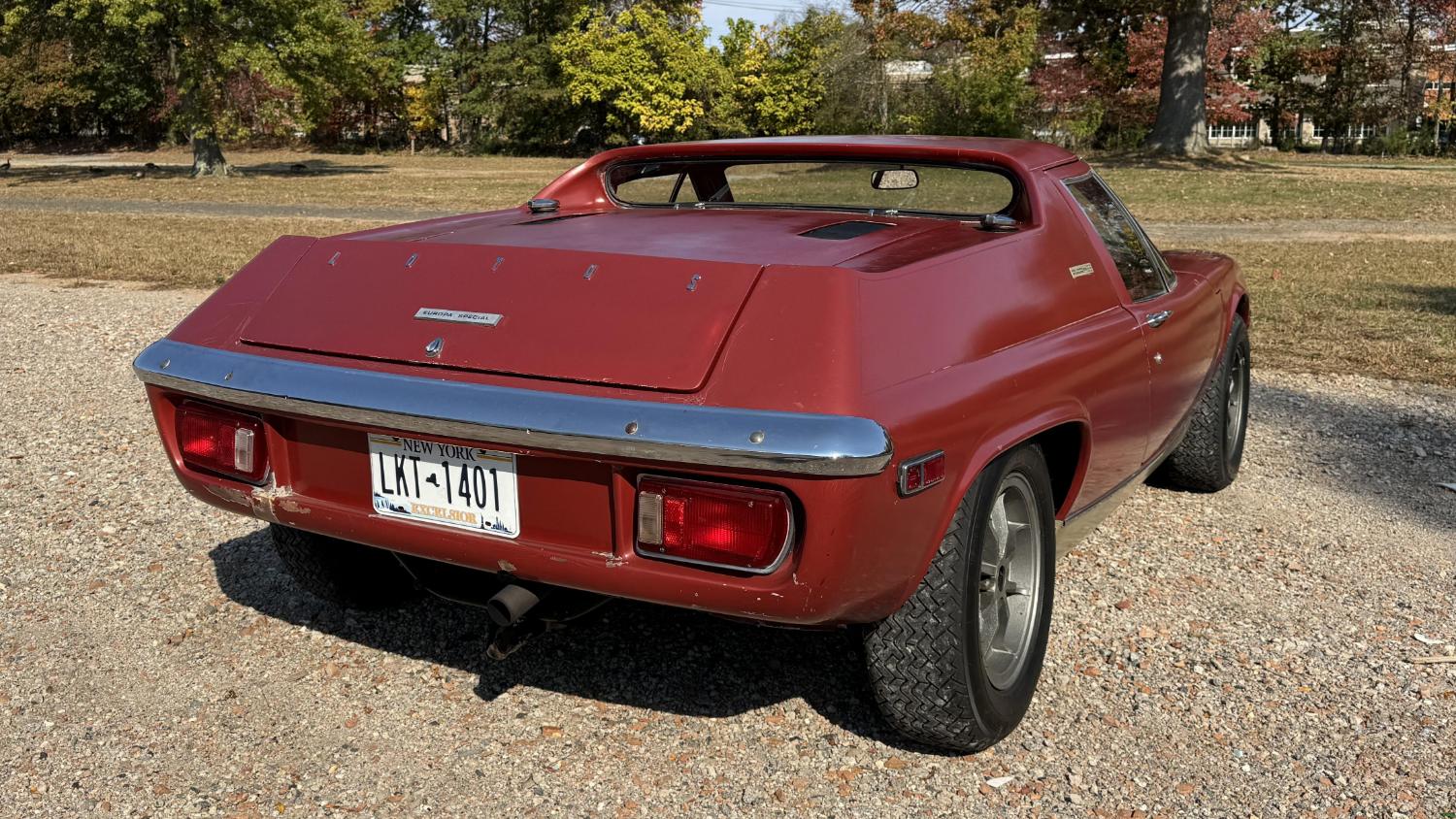
The exterior is painted in a bronze-like red. Exterior features include bonnet vents, chrome driver-side mirror, wide rocker panels, and single exhaust outlet. A set of 13-inch OEM alloy wheels are wrapped in 180/70 Pirelli CN36 radials.
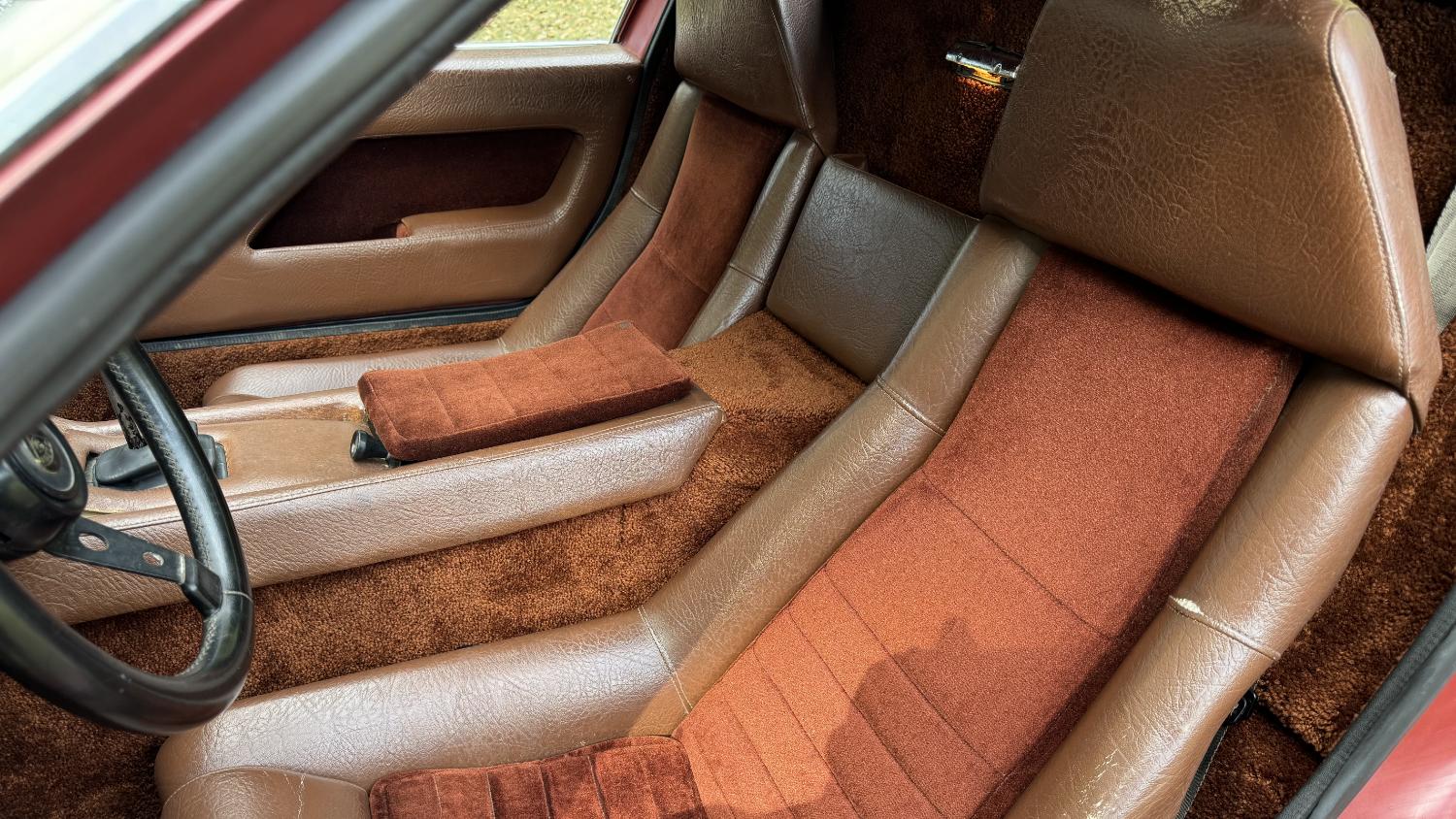
The brown interior features vinyl and velour bucket seats, and a center console with a manual shifter. Other interior features include power accessories including windows, locks, and steering, heater, and “radio-delete” plate.

Instrumentation includes a 140-mph speedometer, 8,000-rpm tachometer, and gauges for the oil pressure, temperature, amperage, and fuel. The odometer shows 44,157 miles, which the seller claims to be accurate.
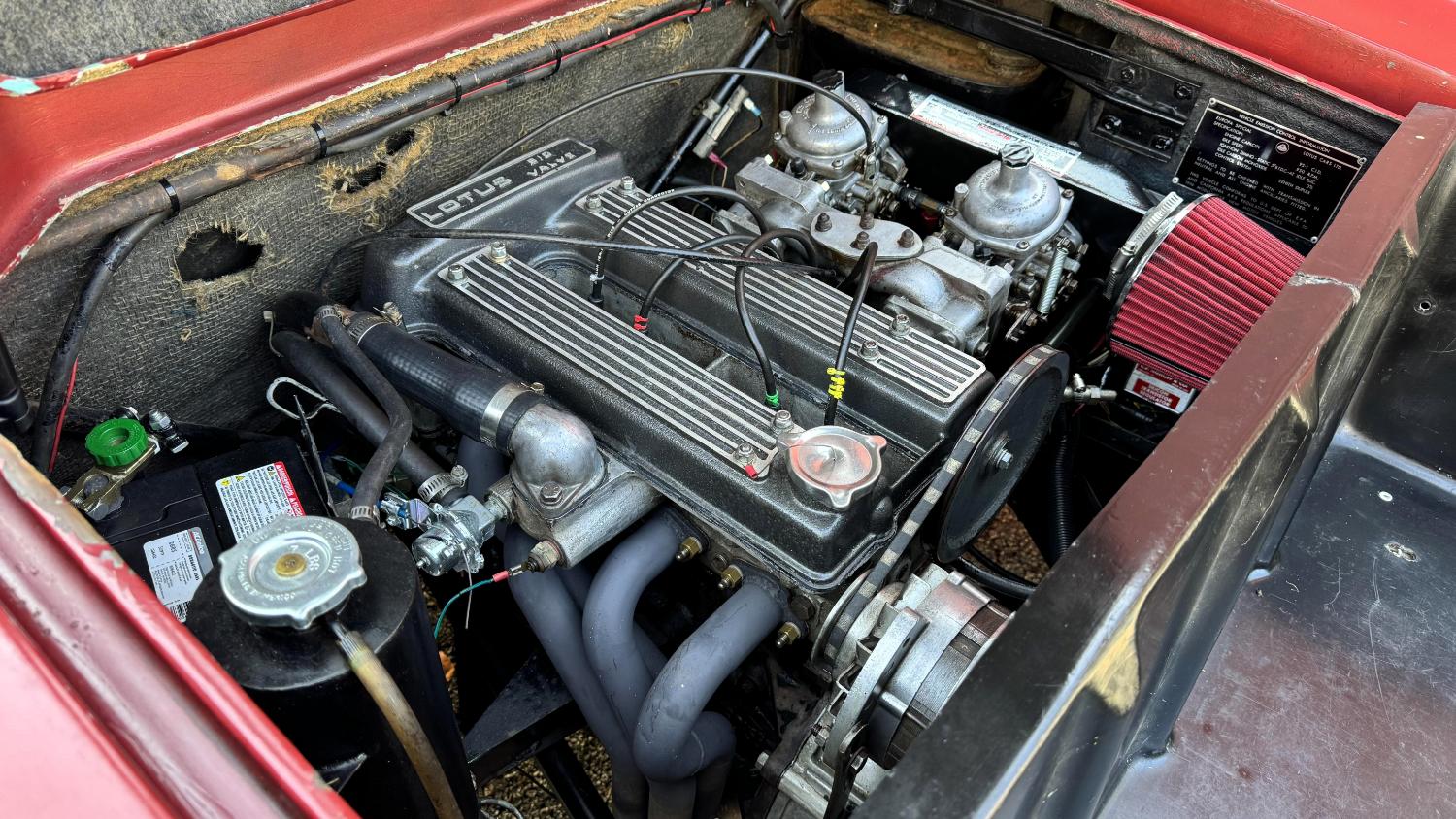
The Lotus-engineered Ford 1.6-liter I4 features DOHC with dual carburetors to make 113 horsepower, though the addition of headers help it make more. It is paired with a five-speed transaxle. There’s been several recent servicing including new clutch and flywheel, repaired carbs, and new electric pump.
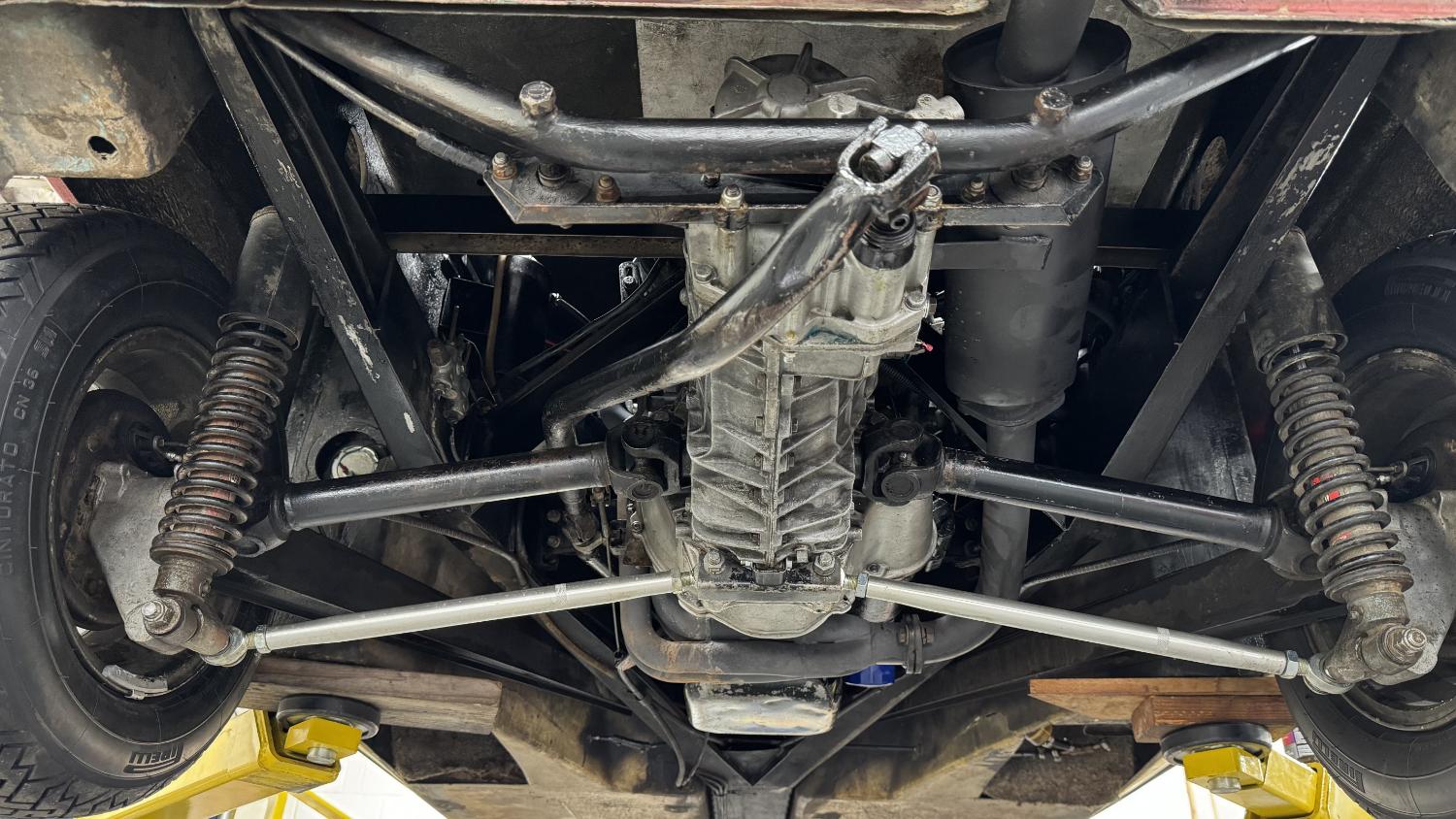
The undercarriage features a four-wheel independent suspension with adjustable rear control arms. Brakes are power-assisted with discs up front. A single exhaust system routs expended gasses to the right-hand rear.

Colin Chapman was famous for taking the road less travelled to drive the road with the most hairpin turns. The Europa exemplified his evolving vision. This unusual 1974 Lotus Europa Special that is featured as our AutoHunter Spotlight has a power/weight ratio that can outshine “heavy” machinery. If trading torque for smart engineering sounds like an opportunity to suit your enthusiast whims, then place your bid now because the auction for this unusual mid-engined Brit ends on Wednesday, October 22, 2025, at 11:15 a.m. (PDT).
Visit the AutoHunter listing for more information and a photo gallery

